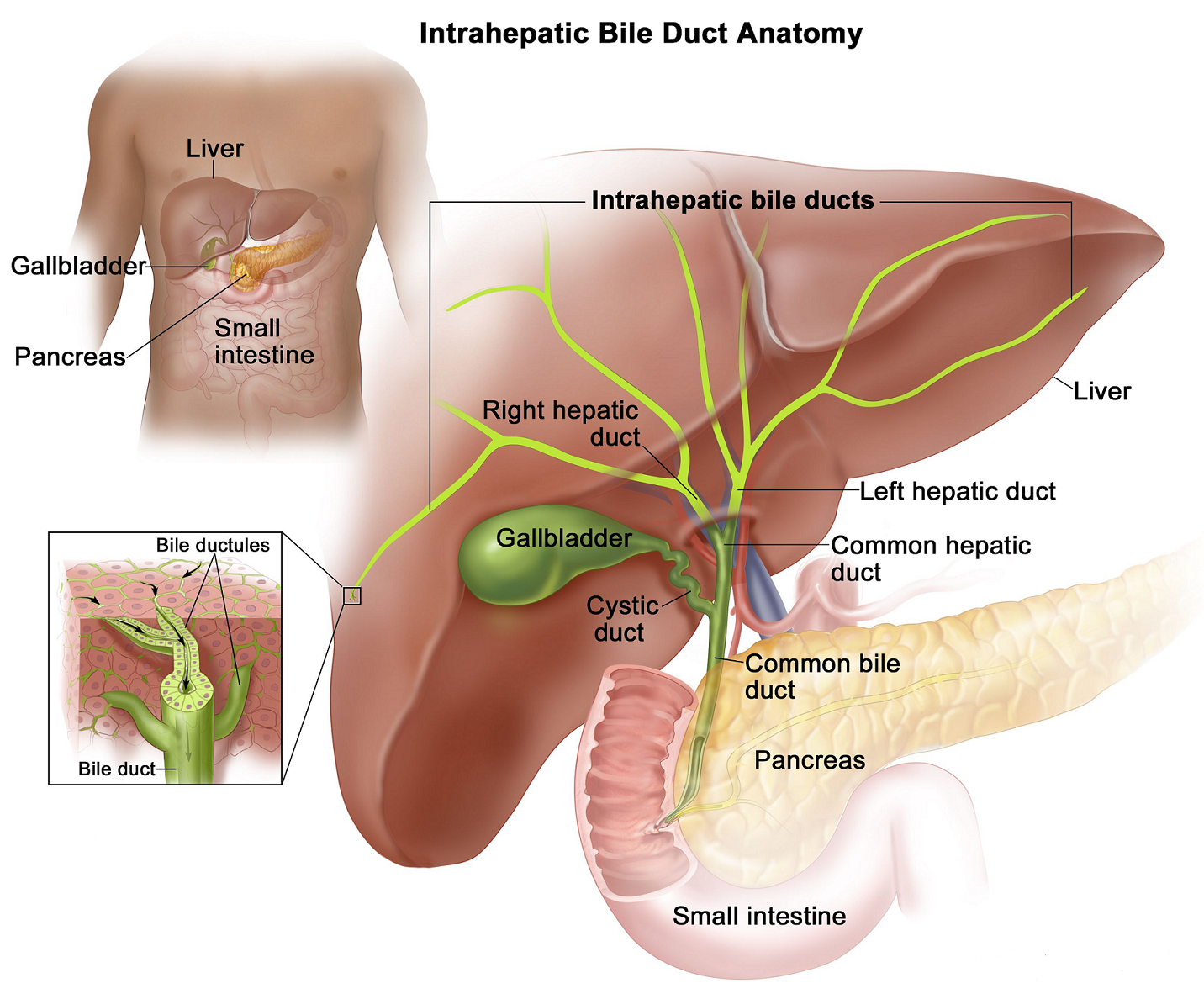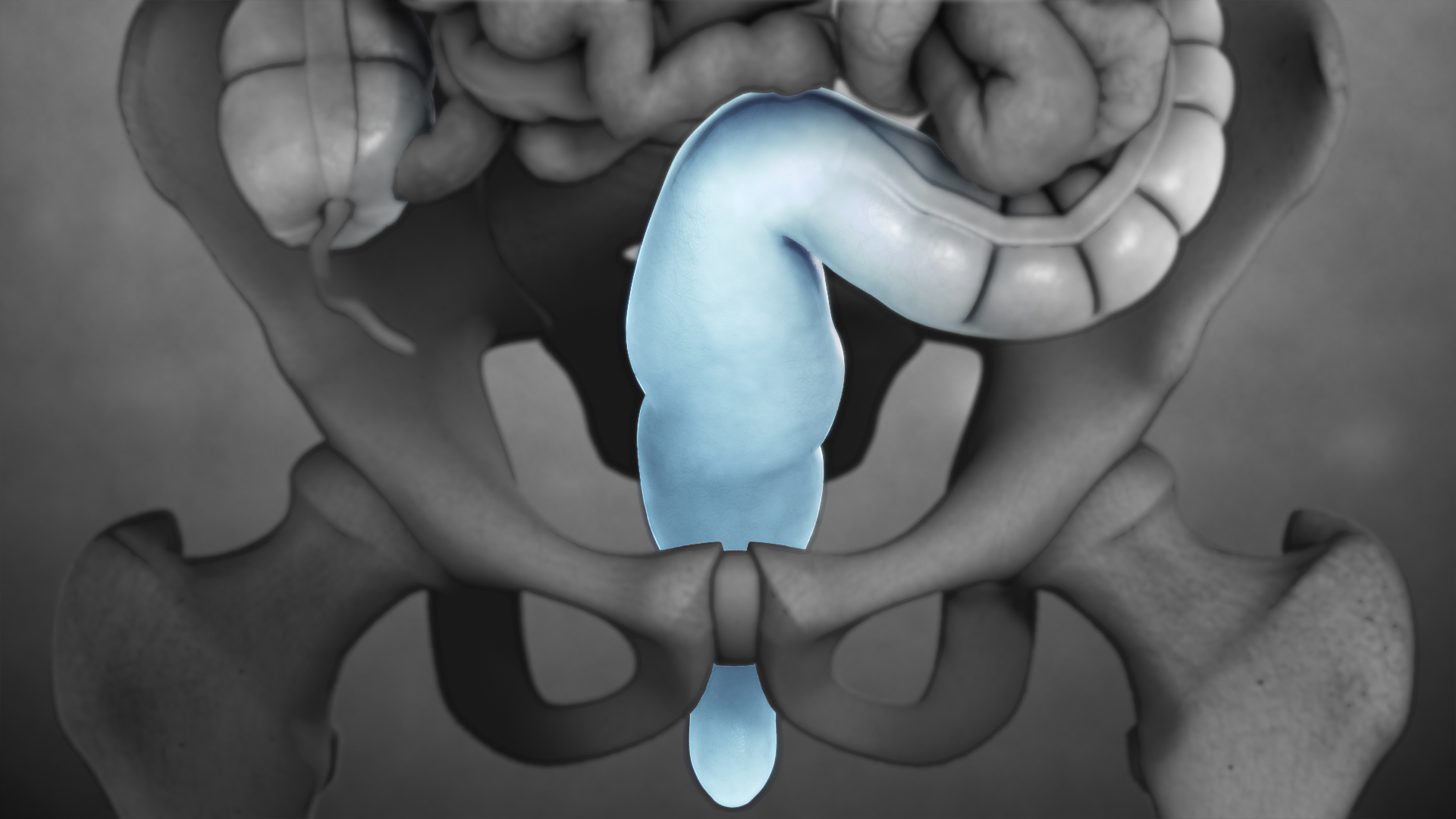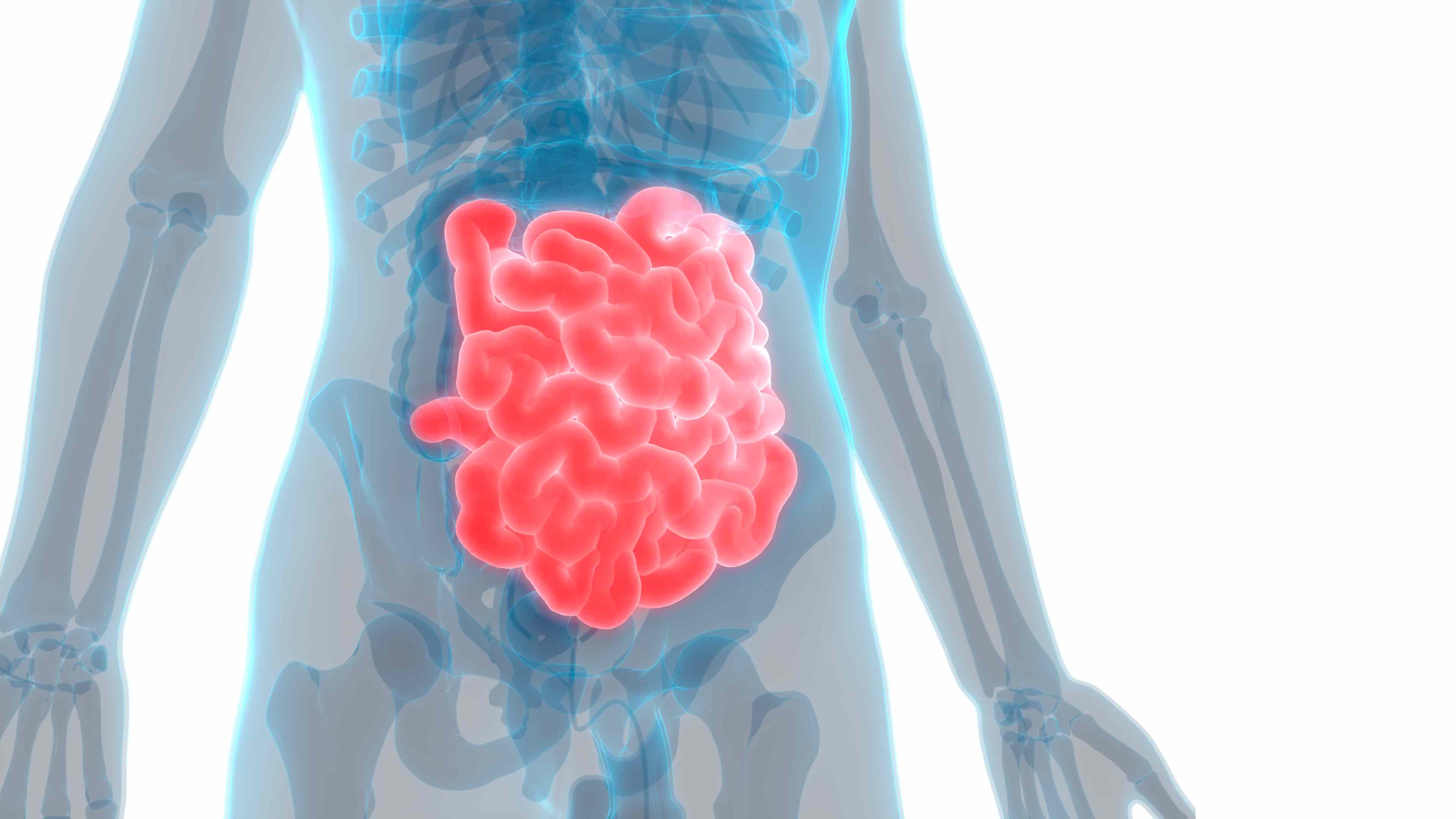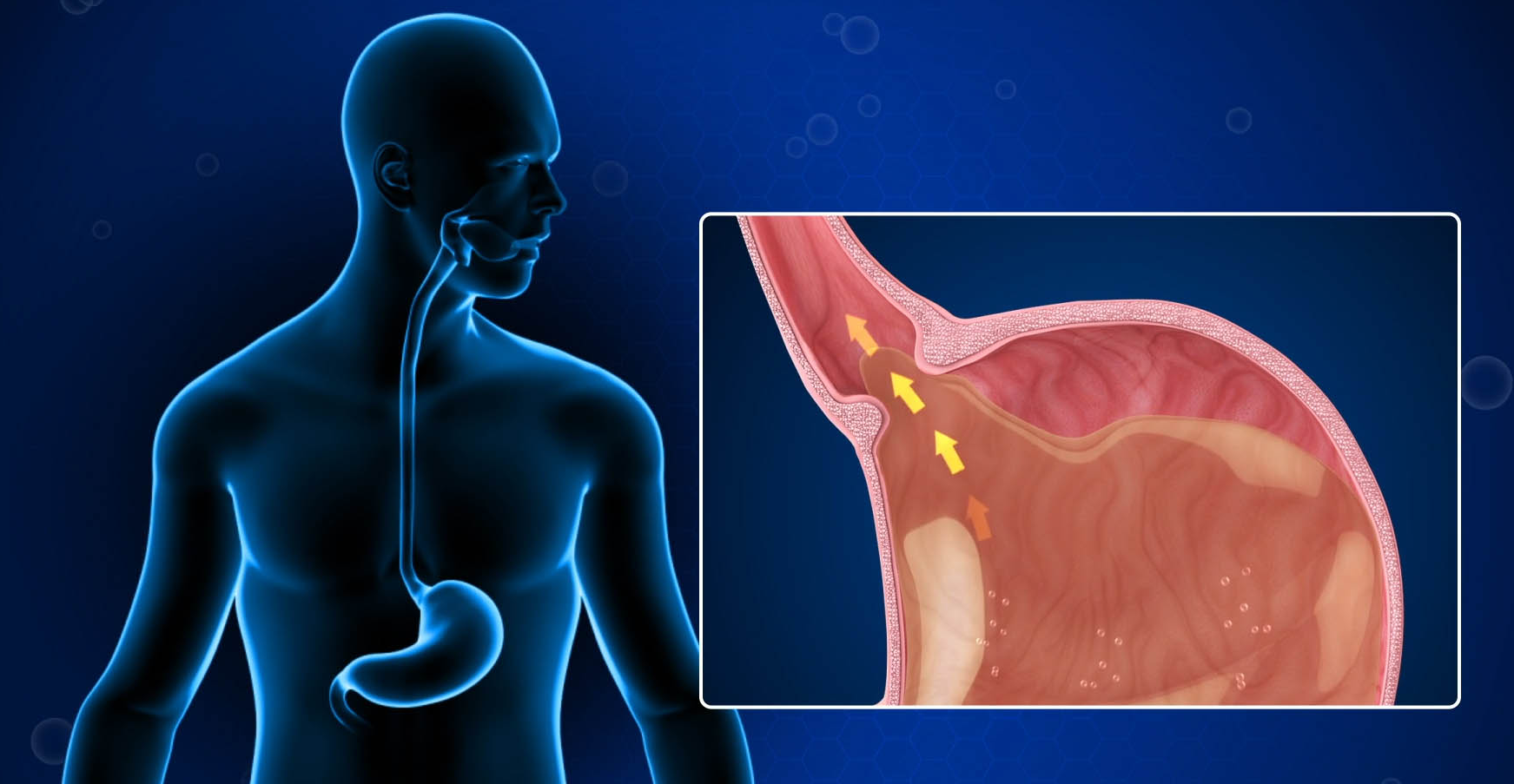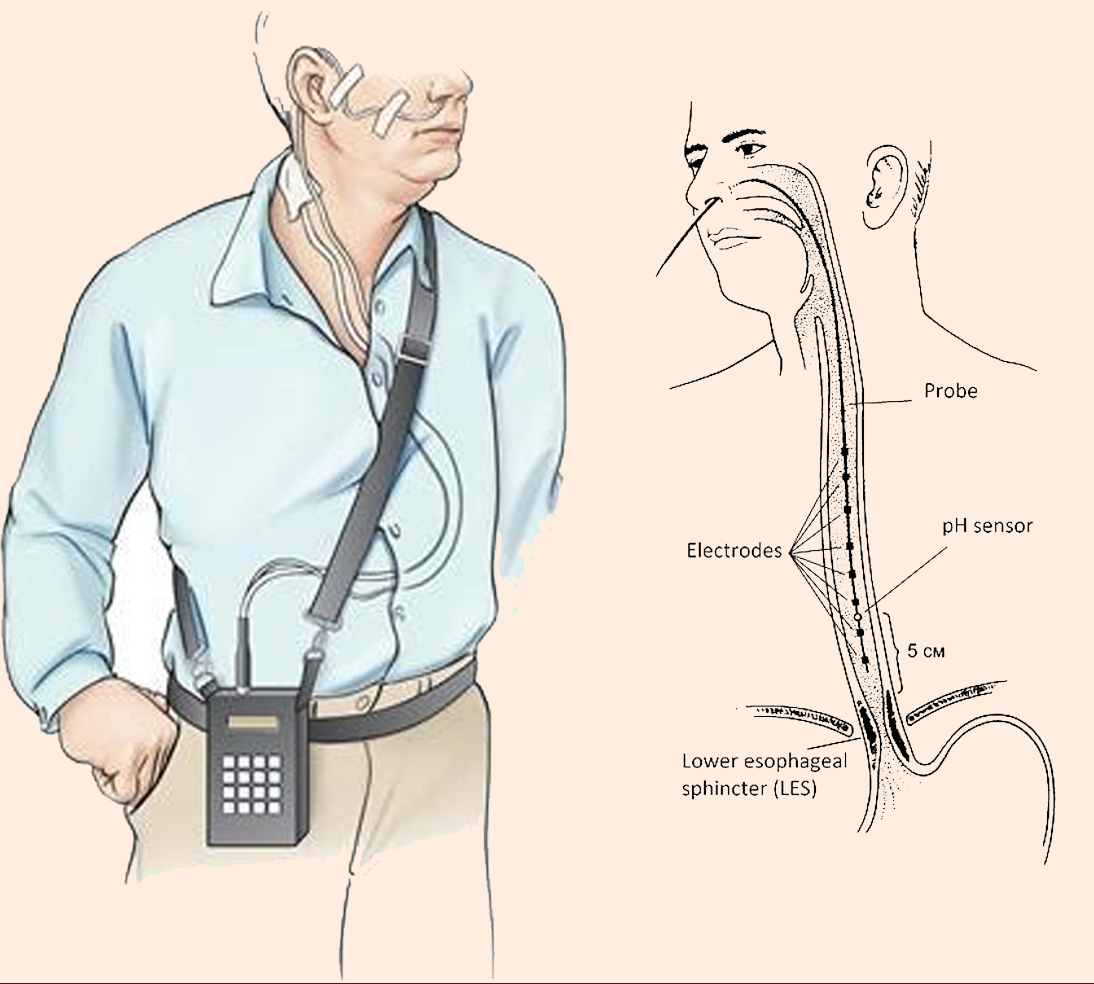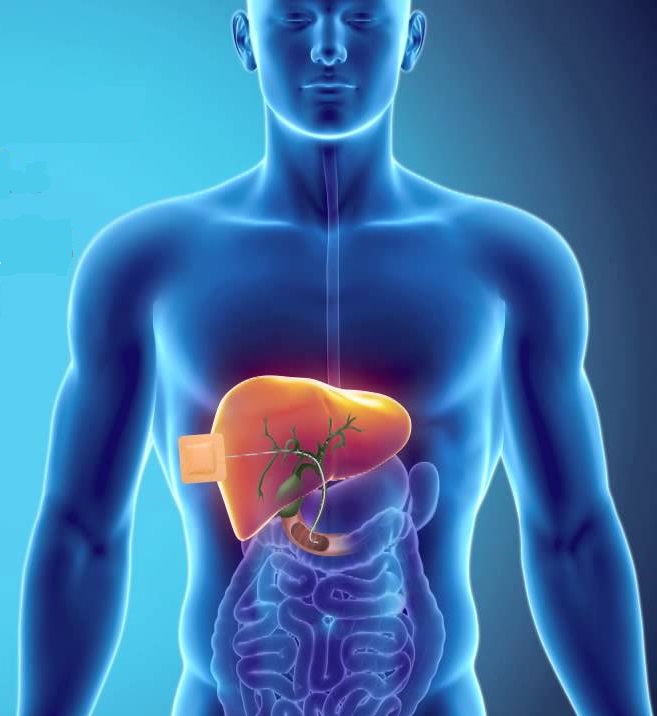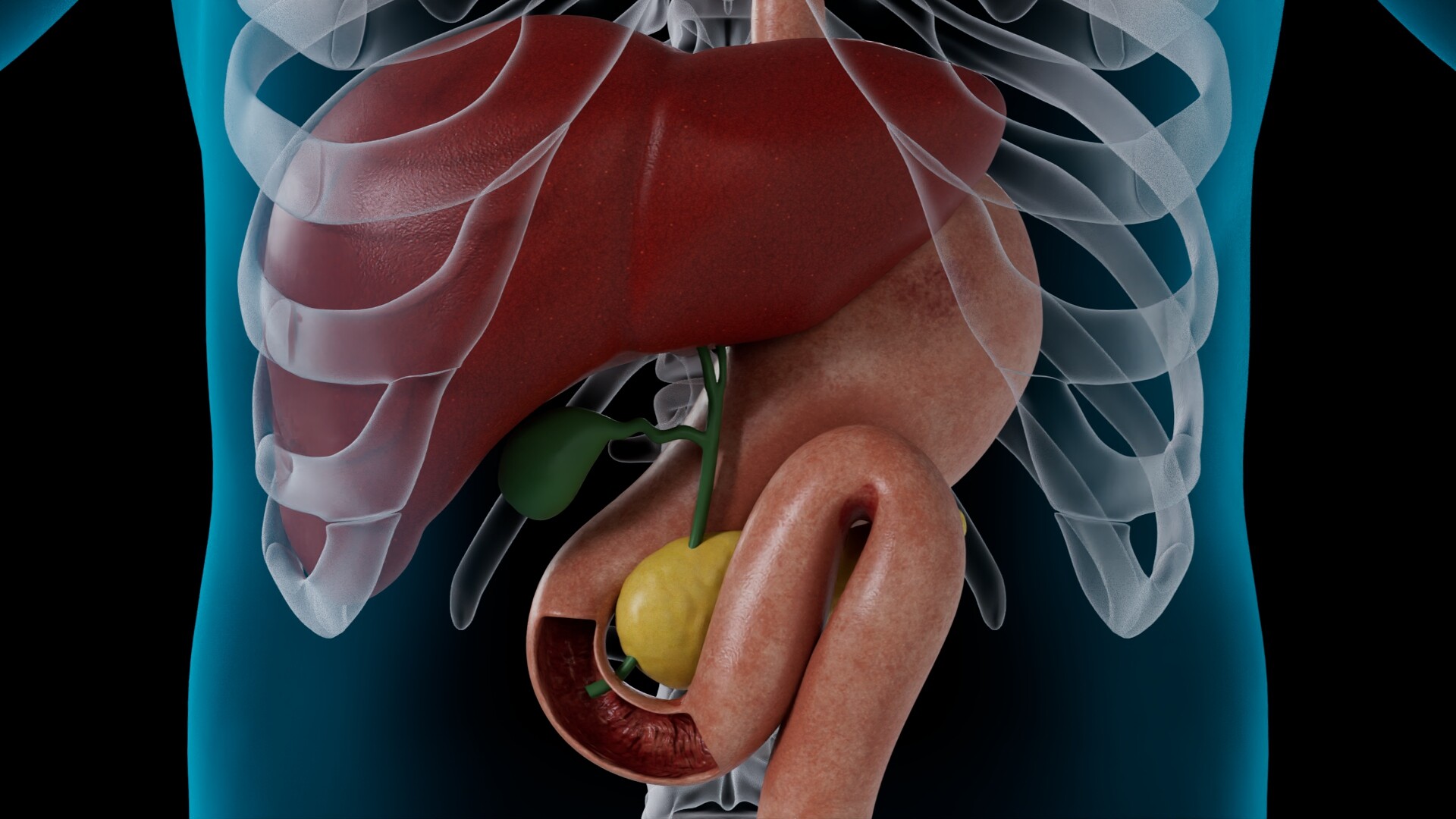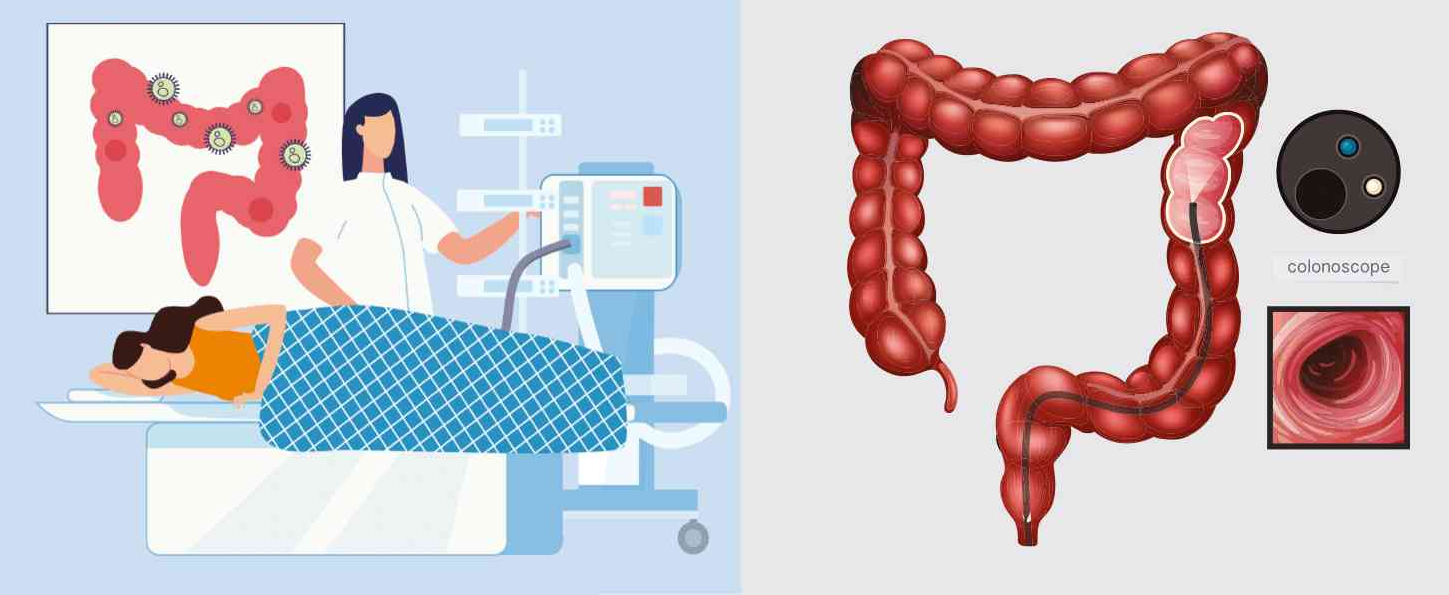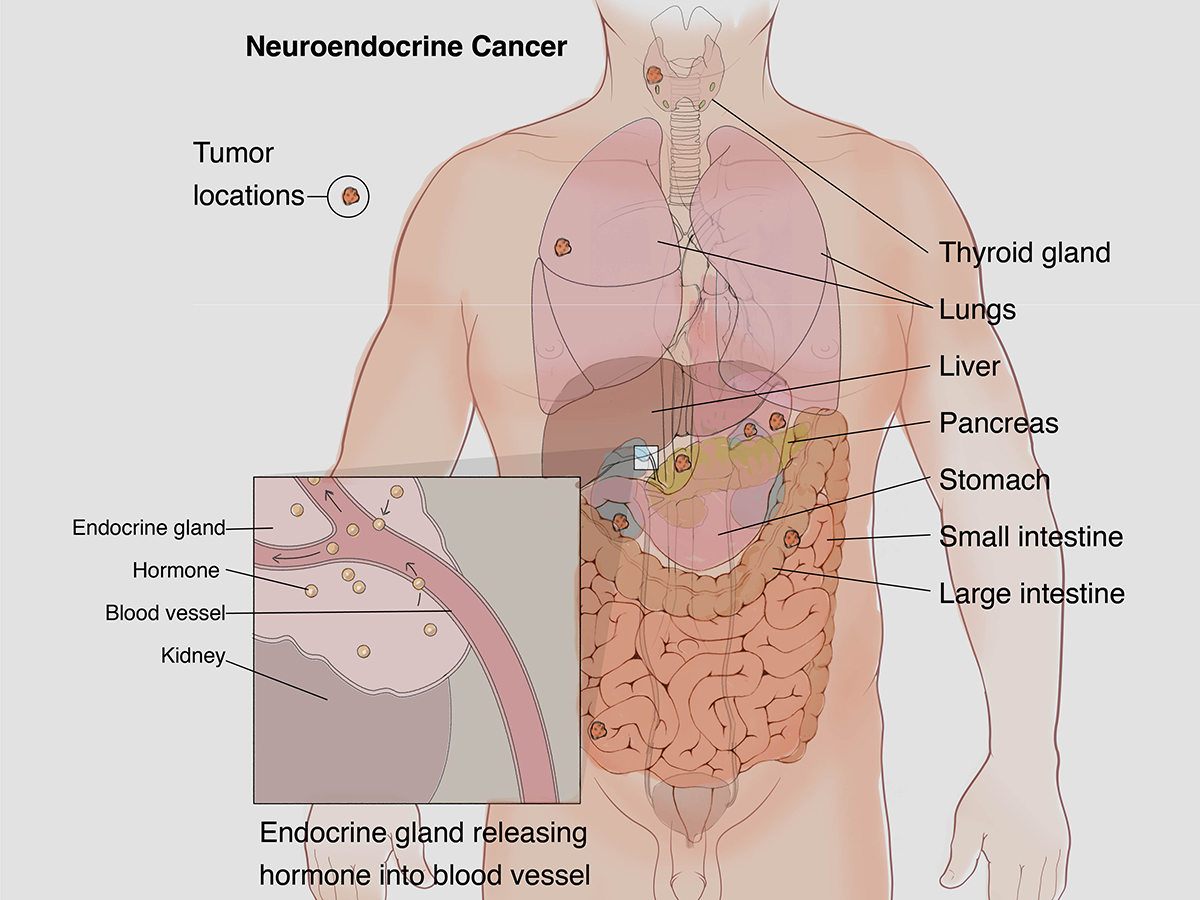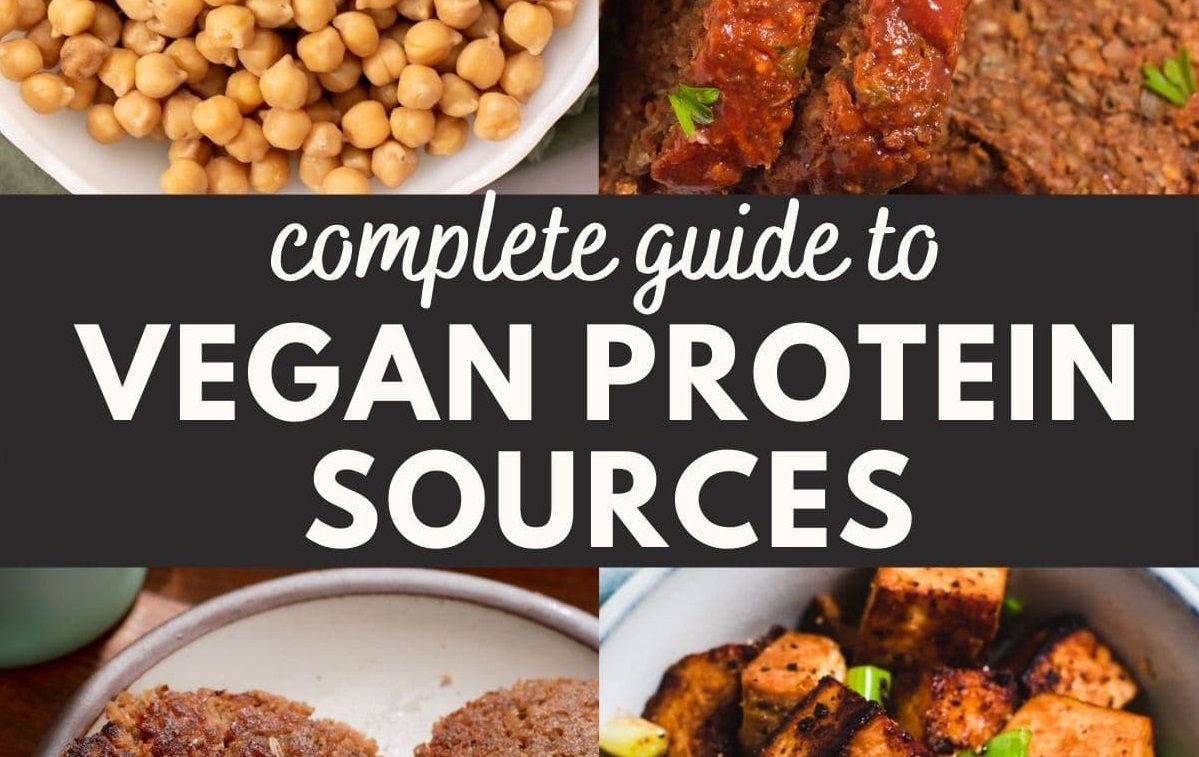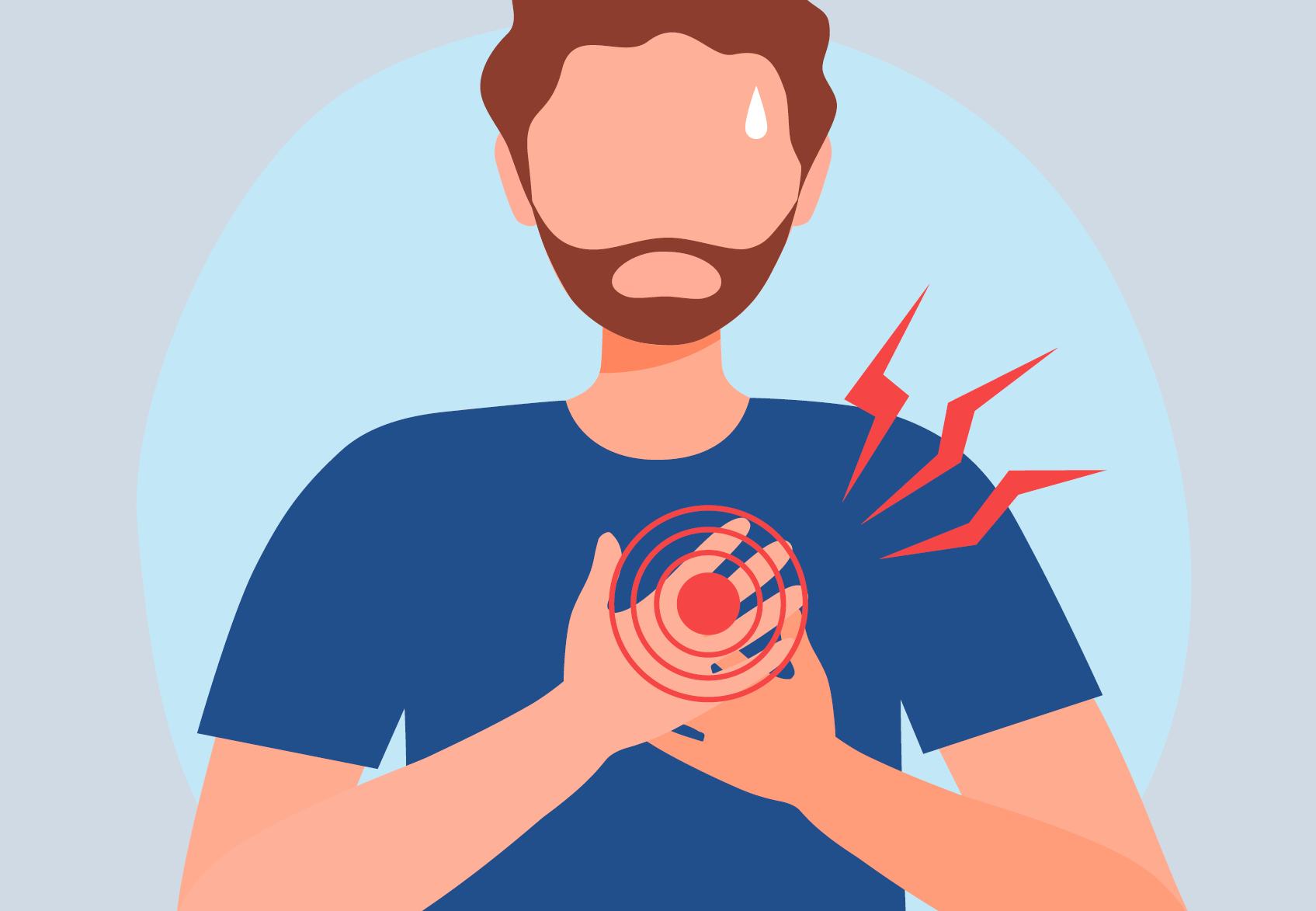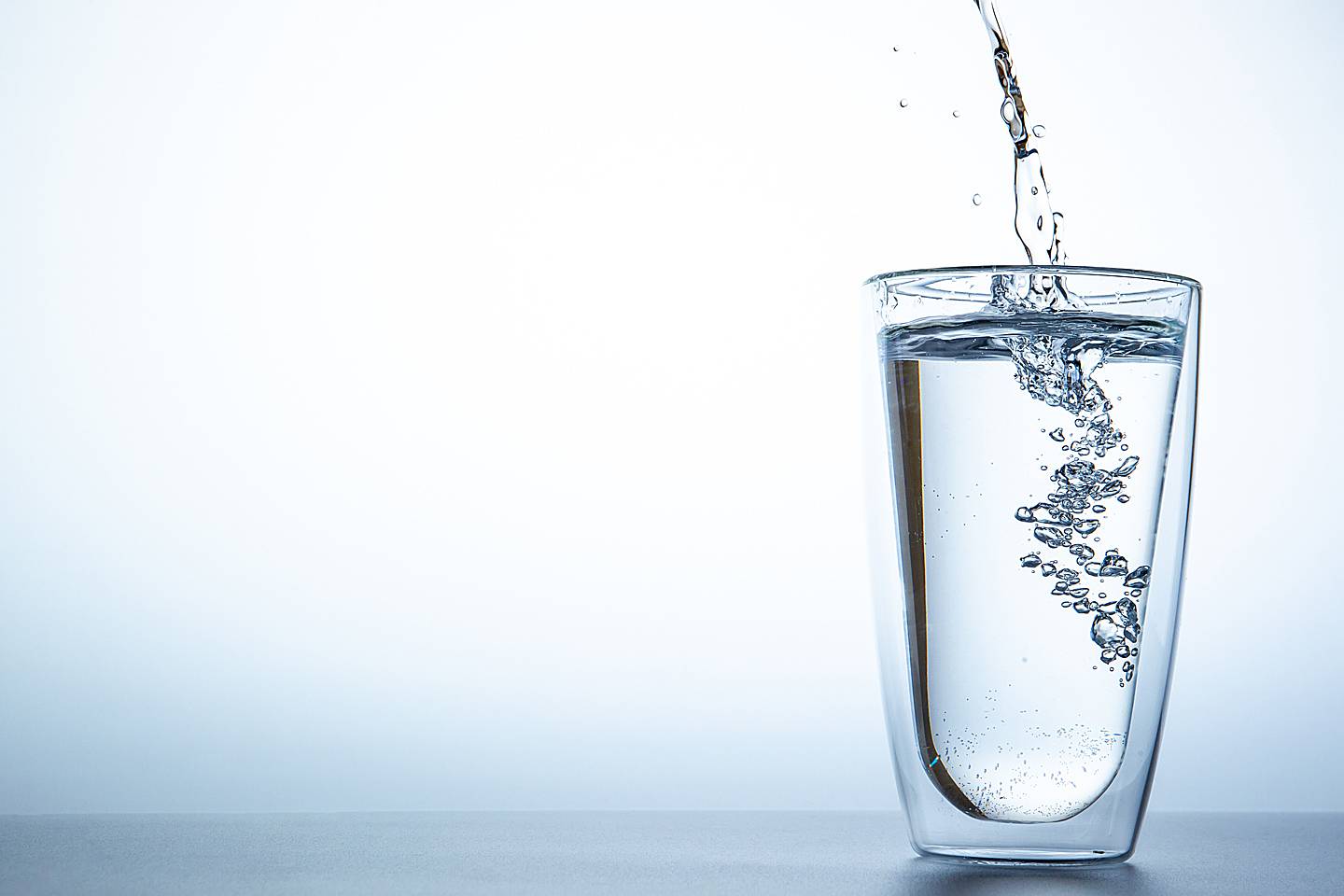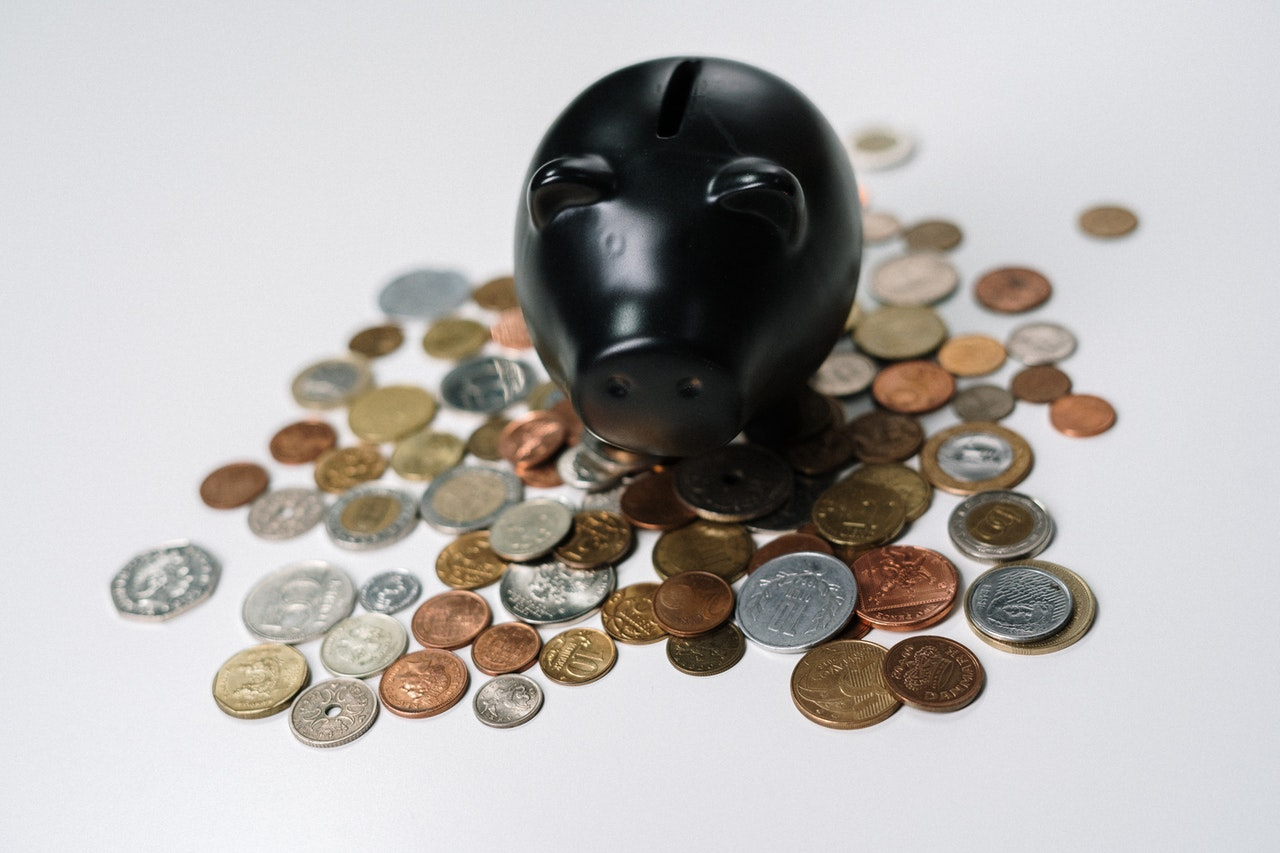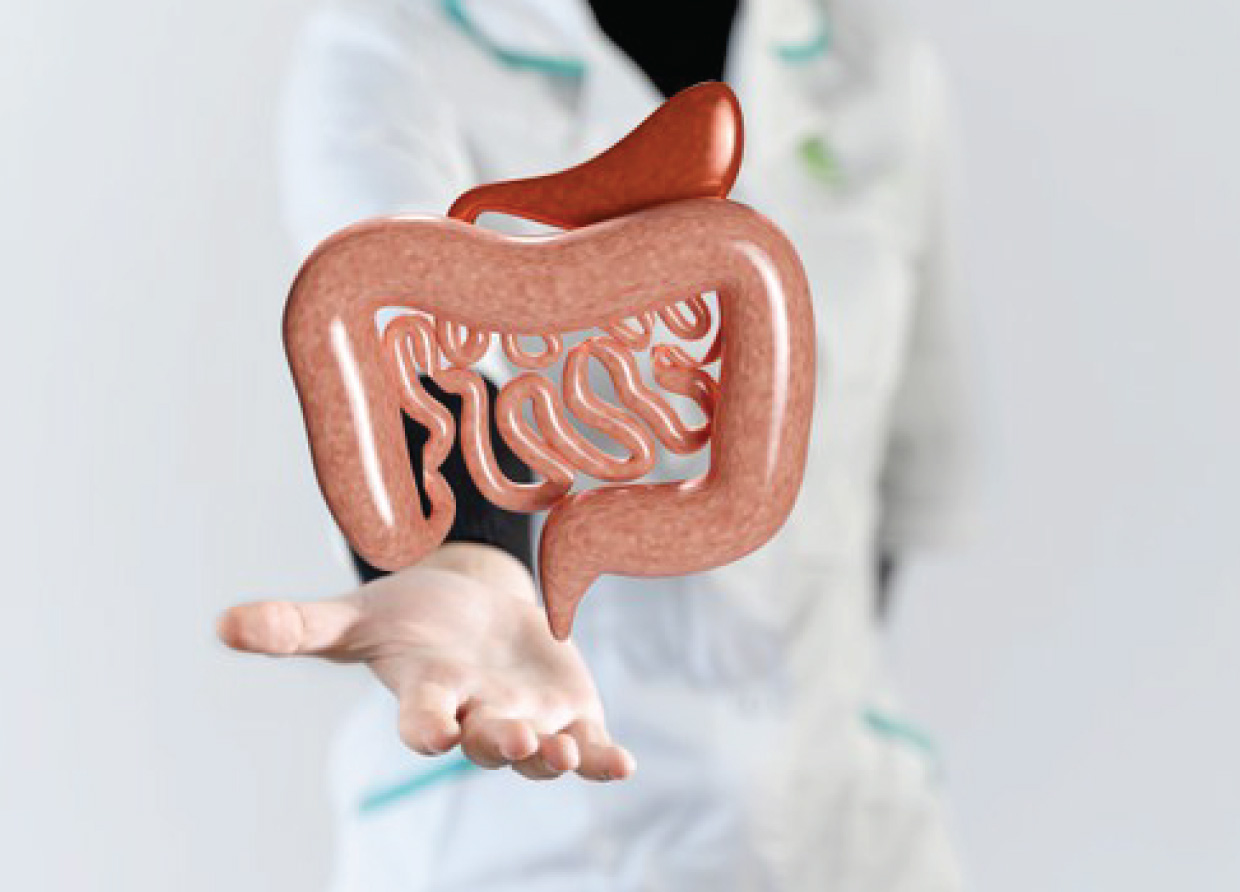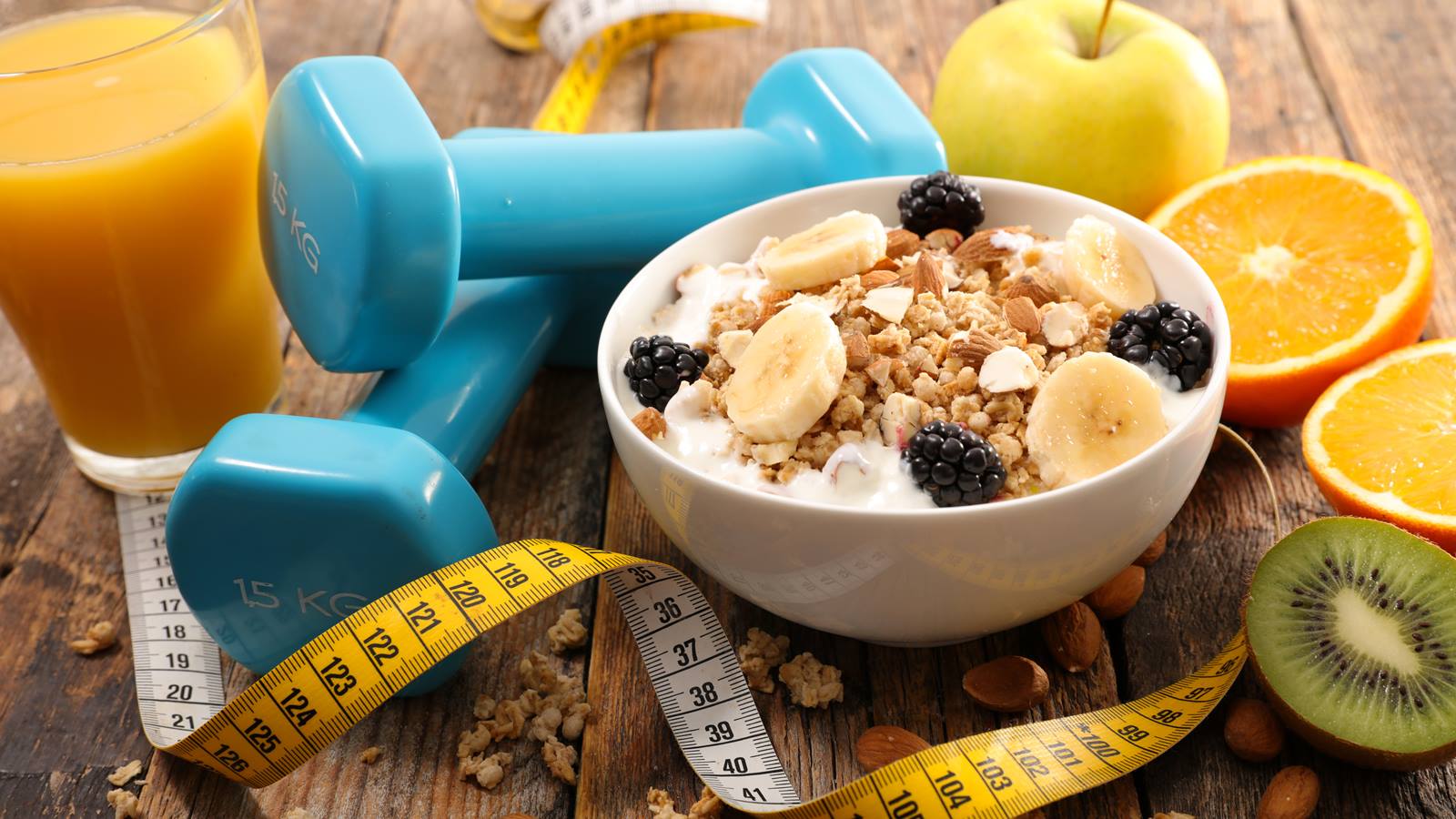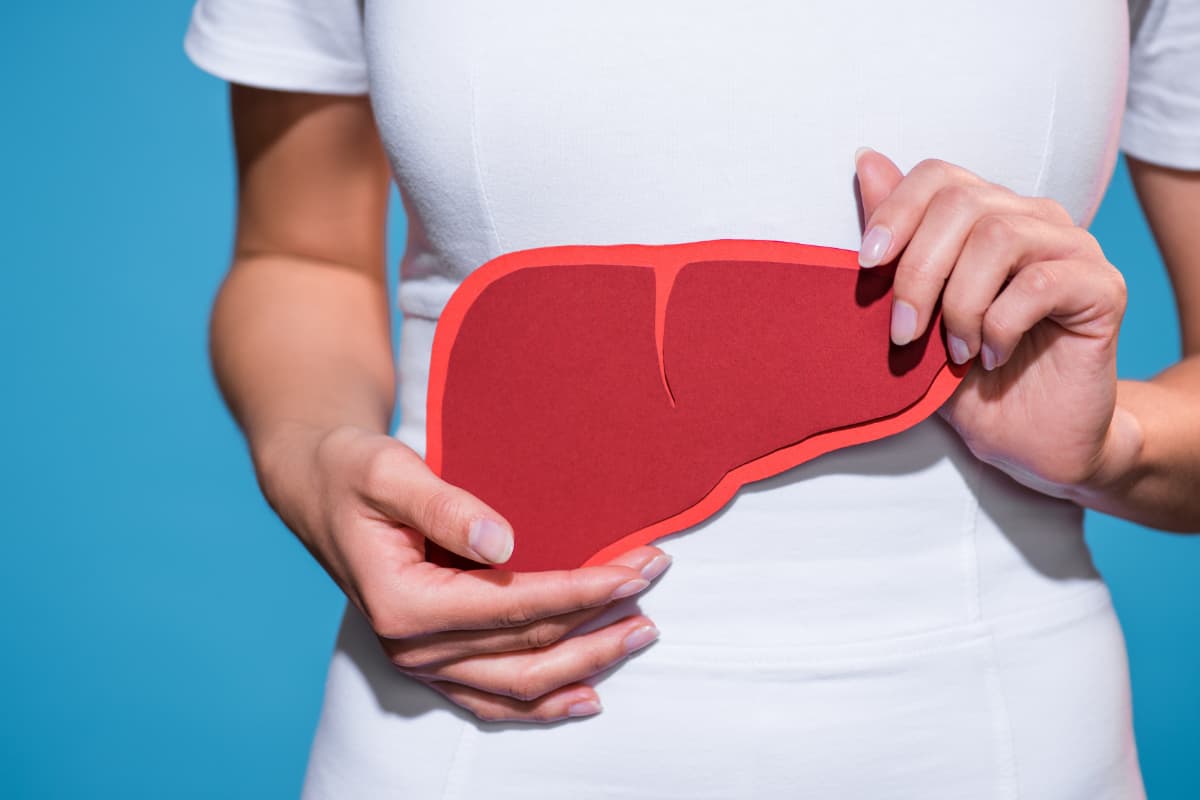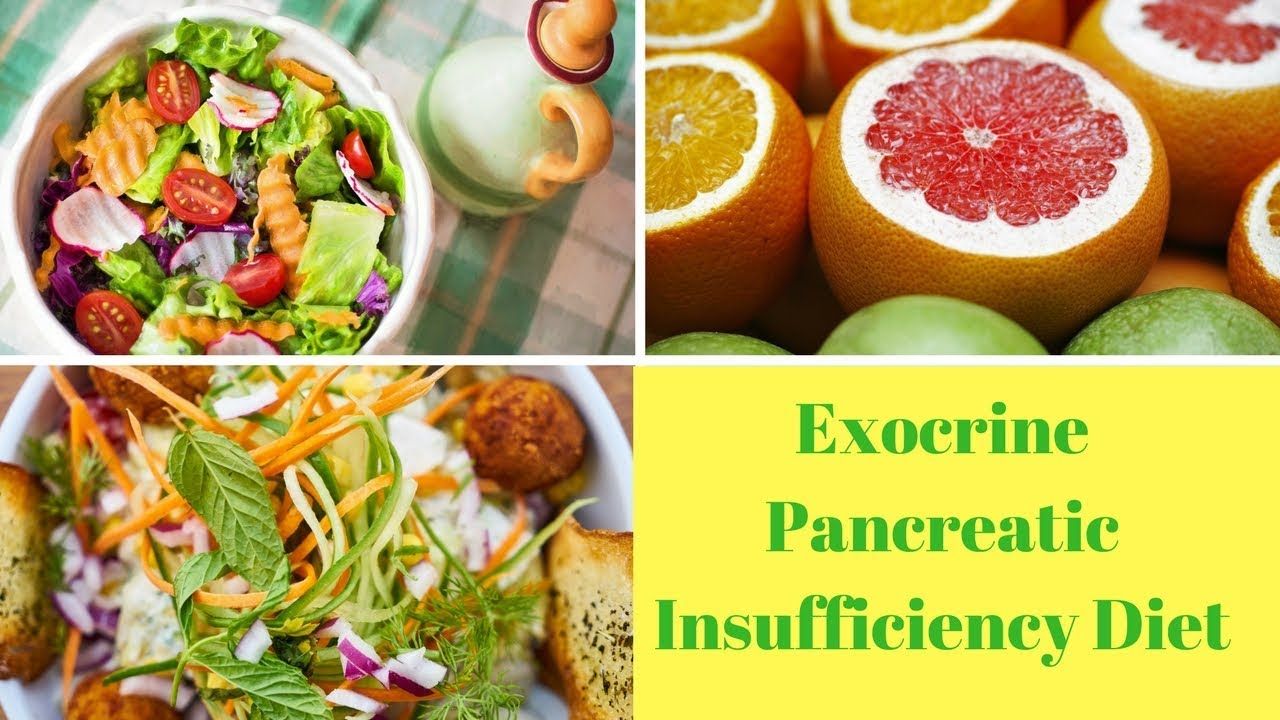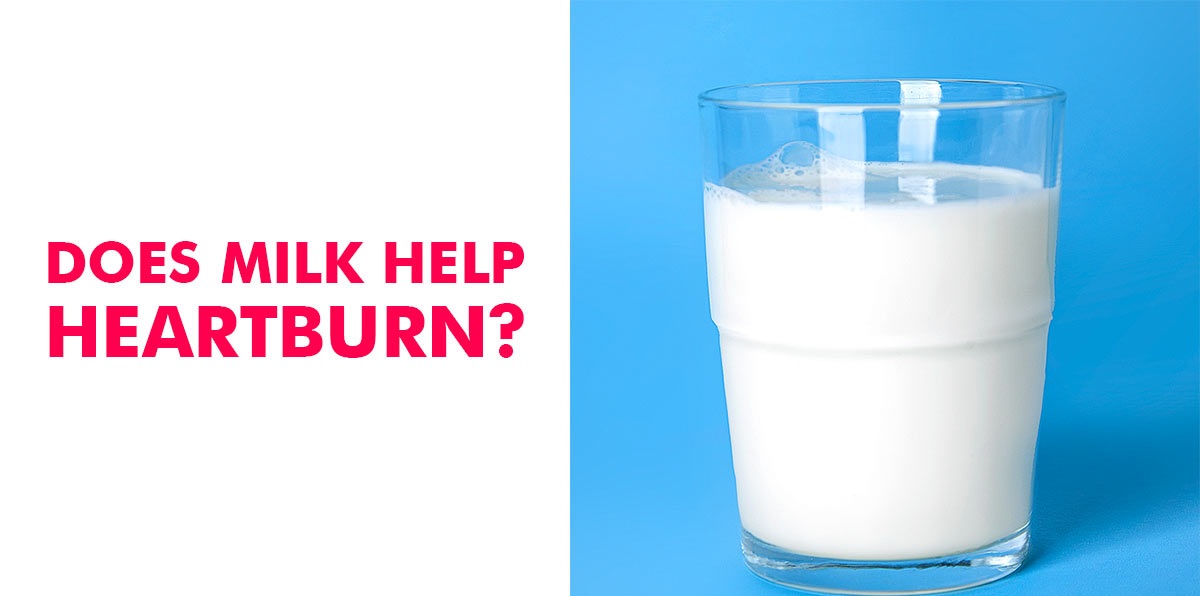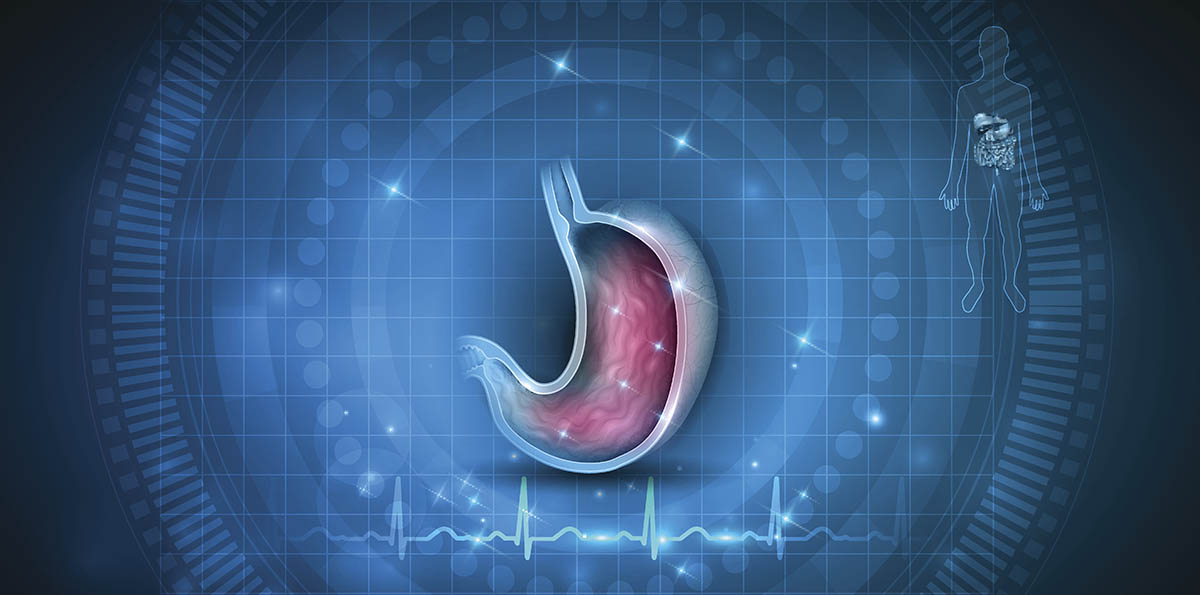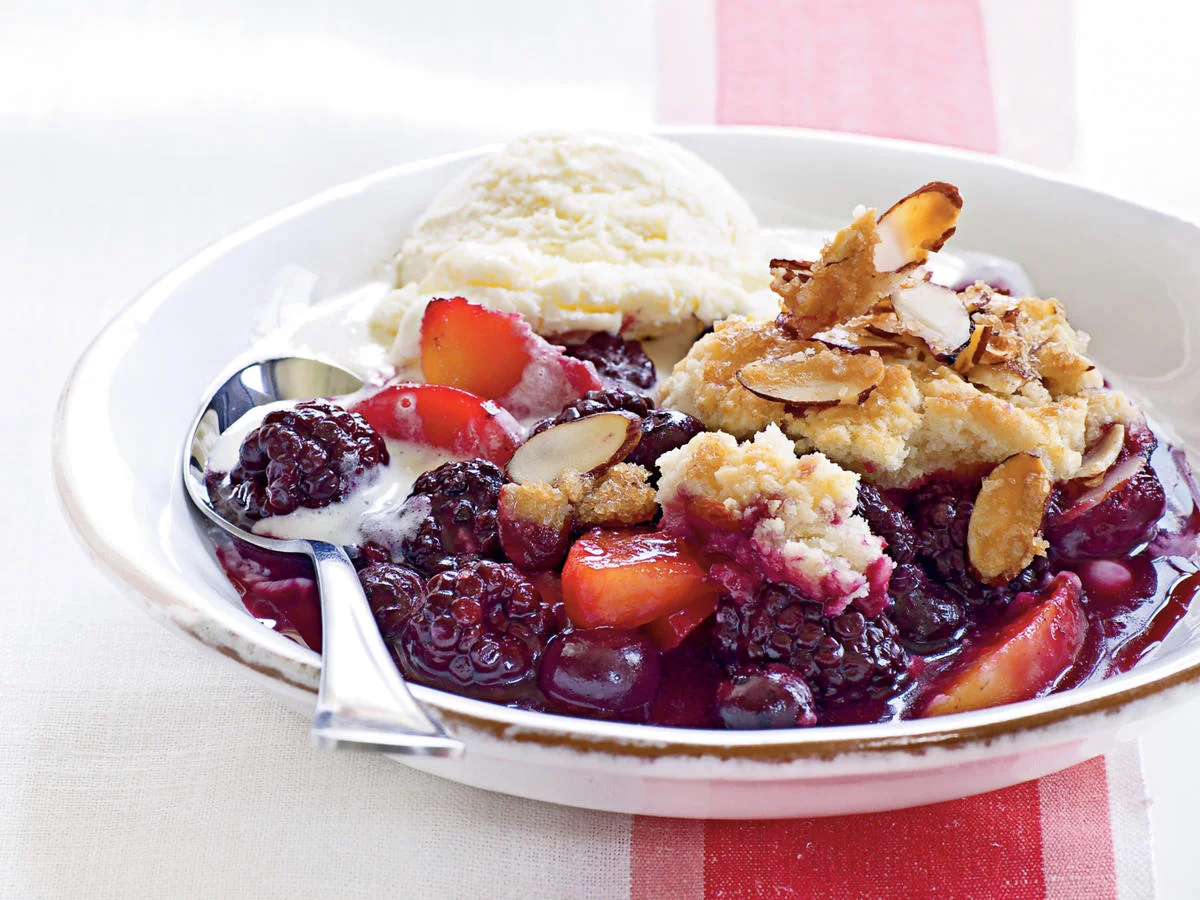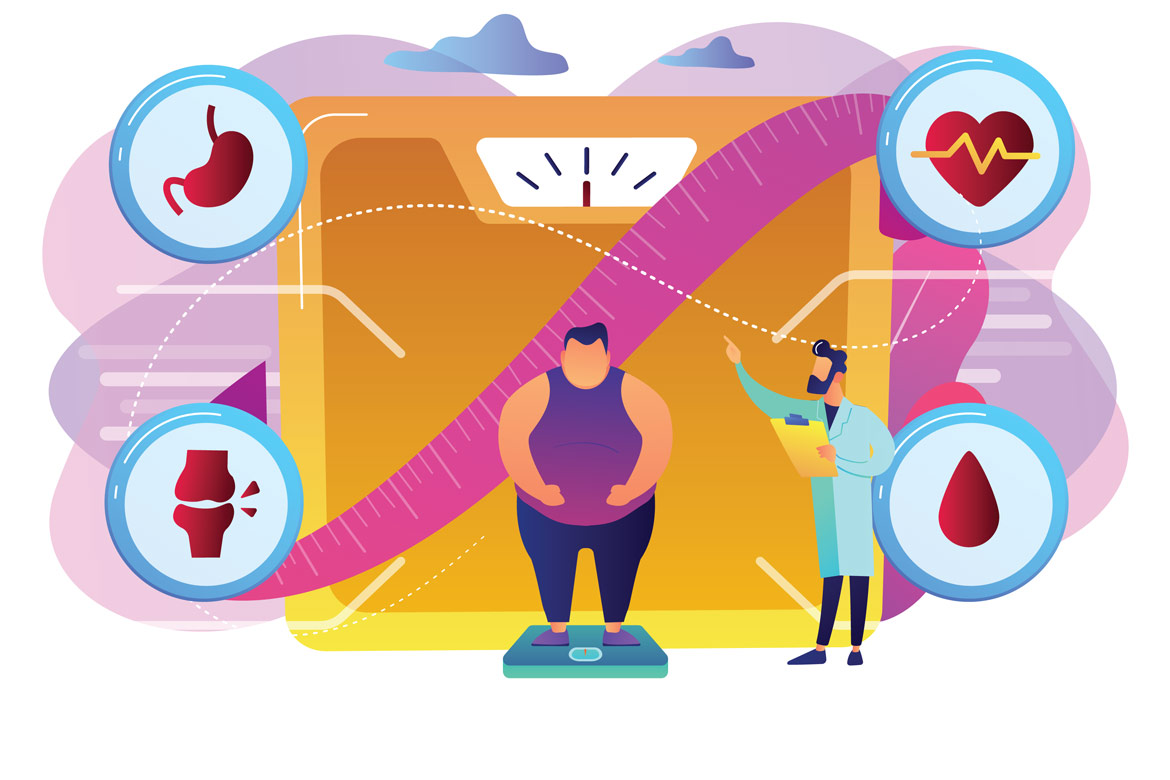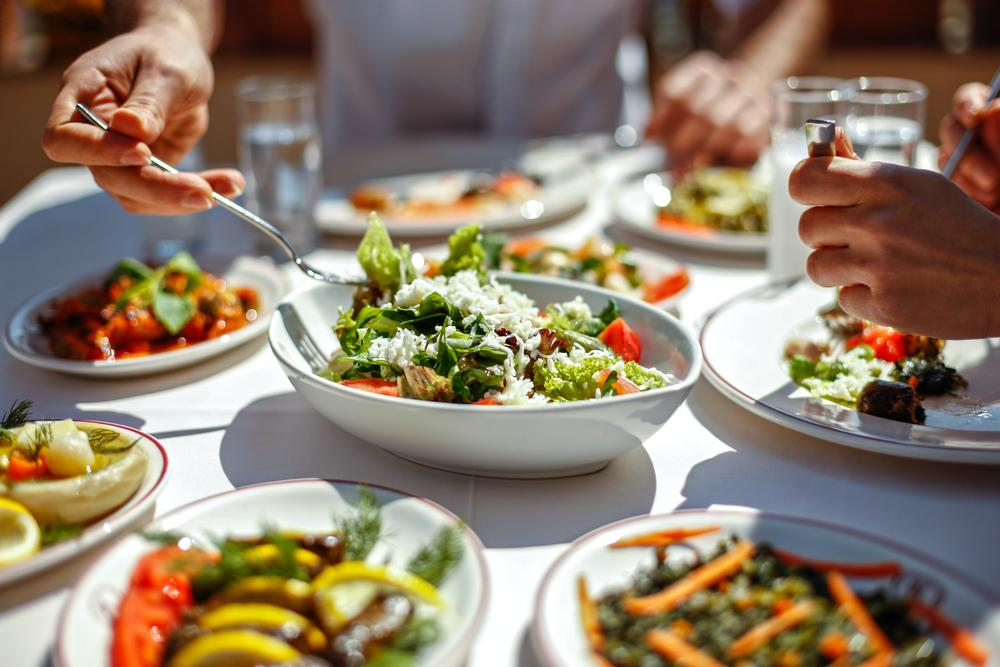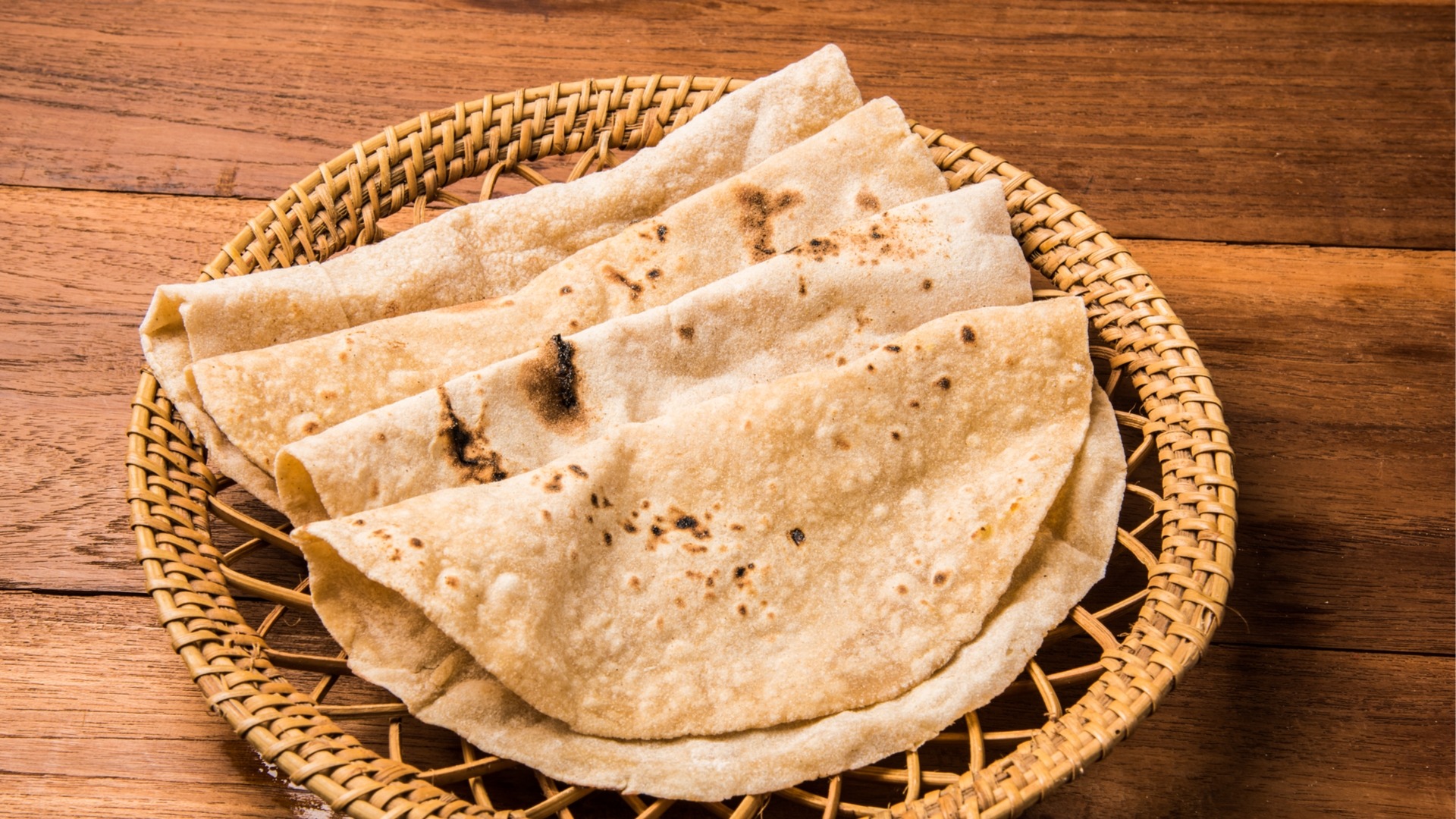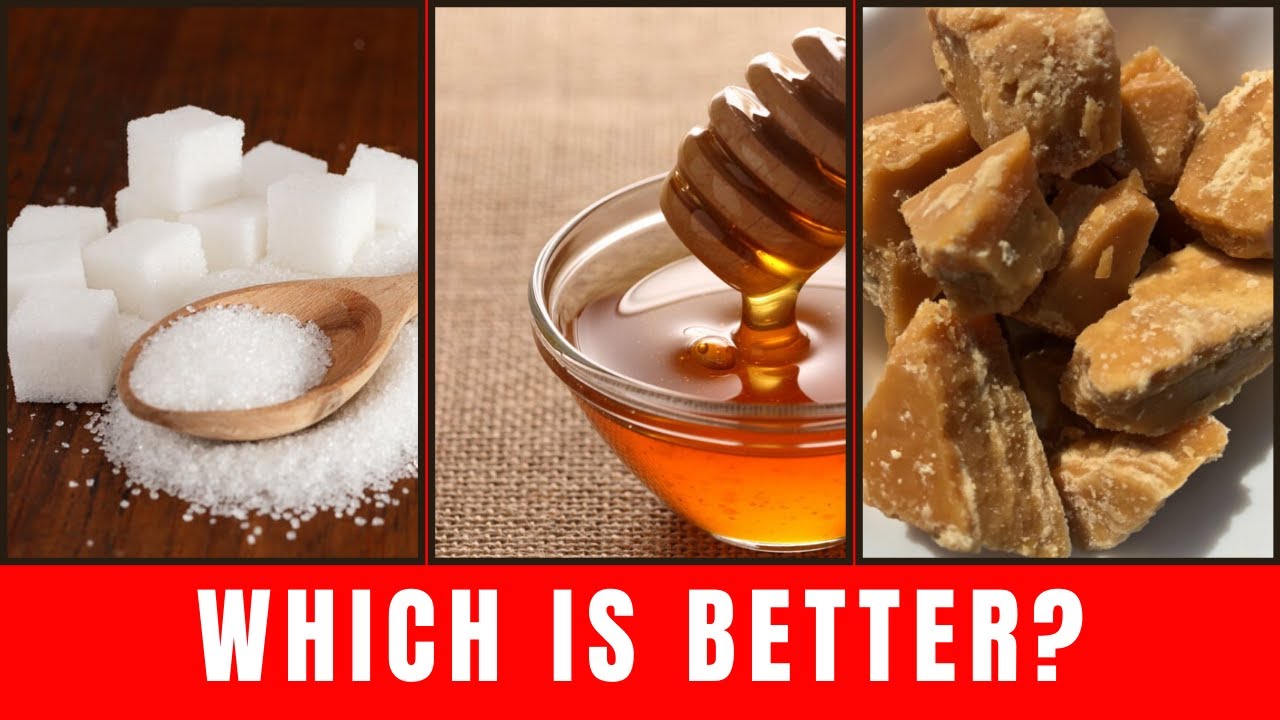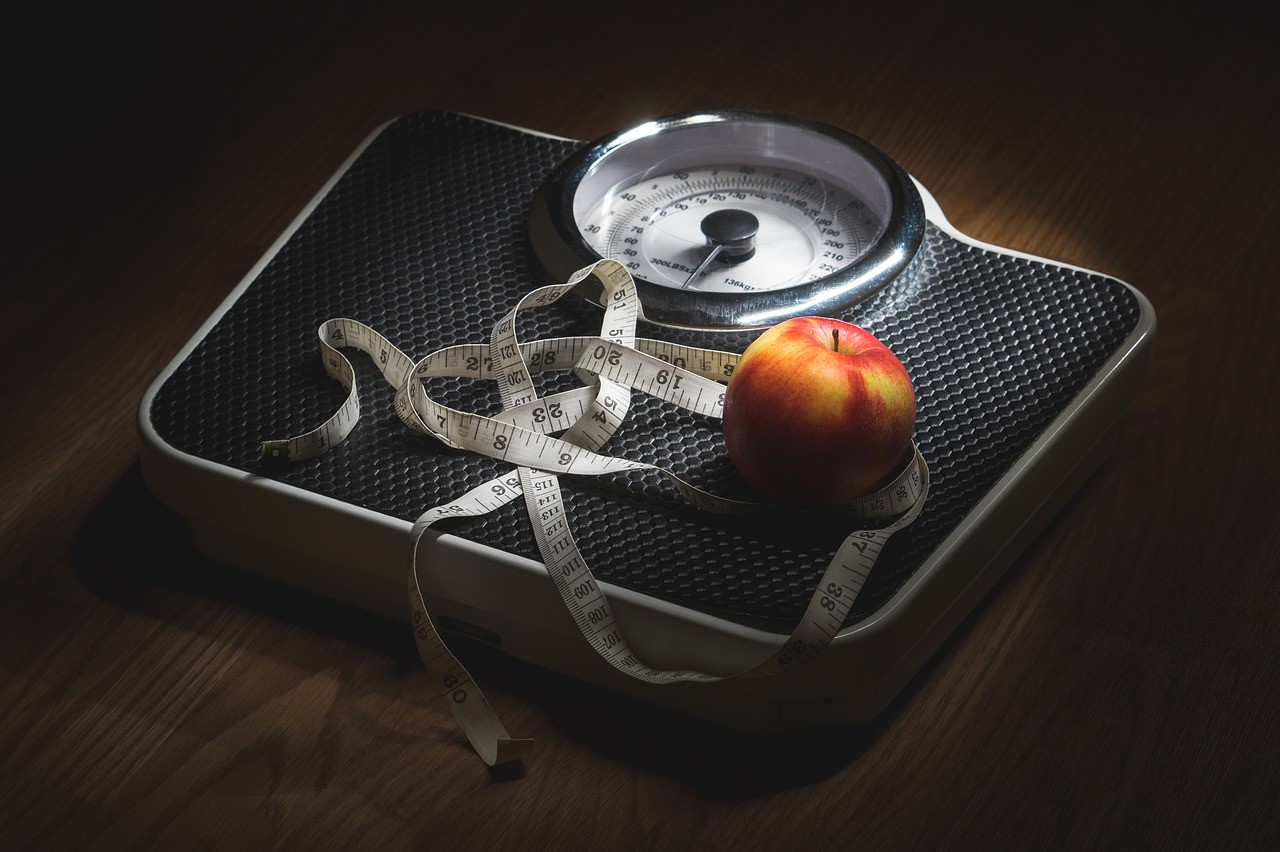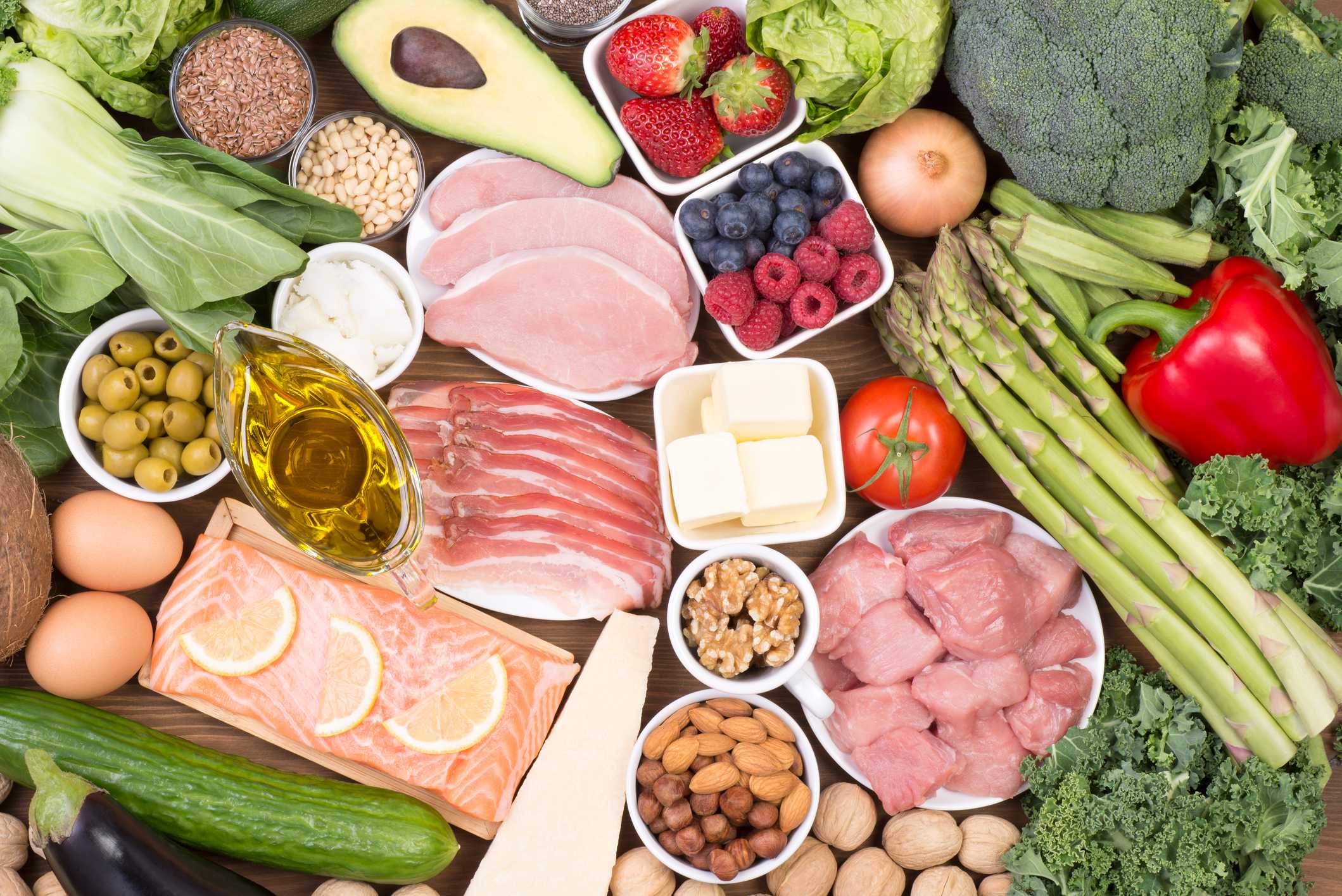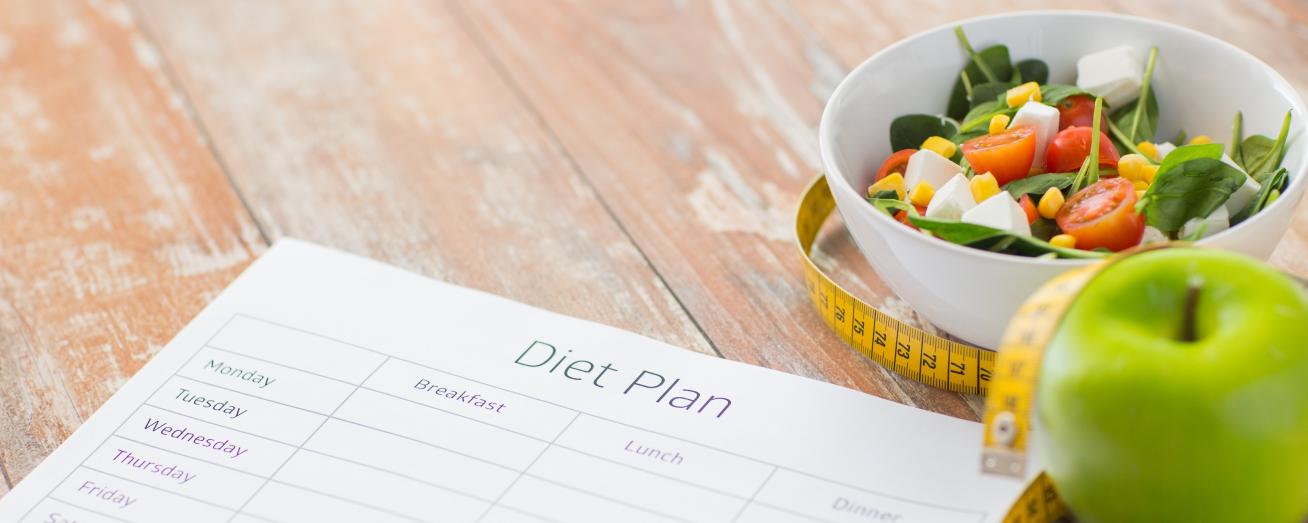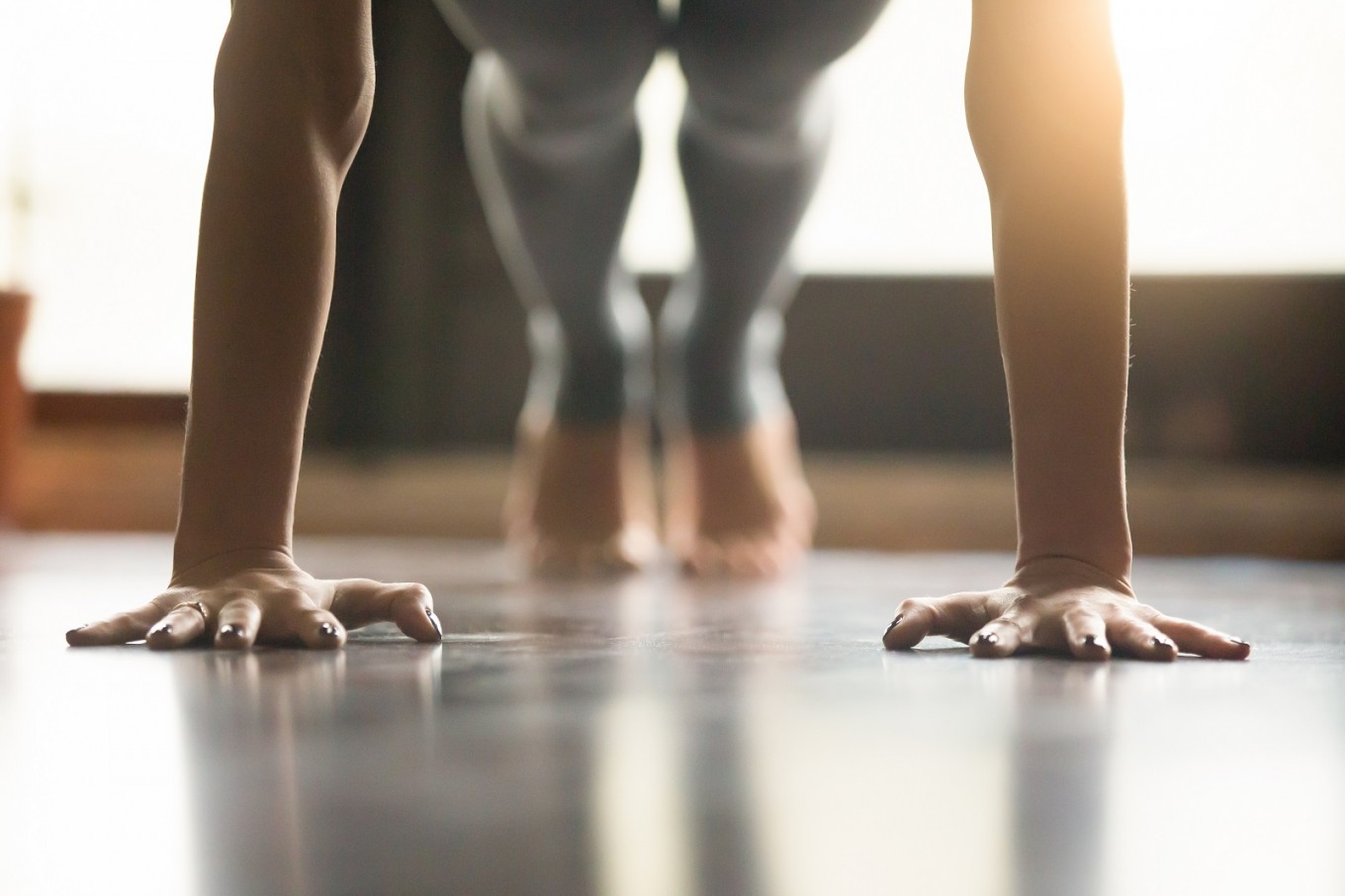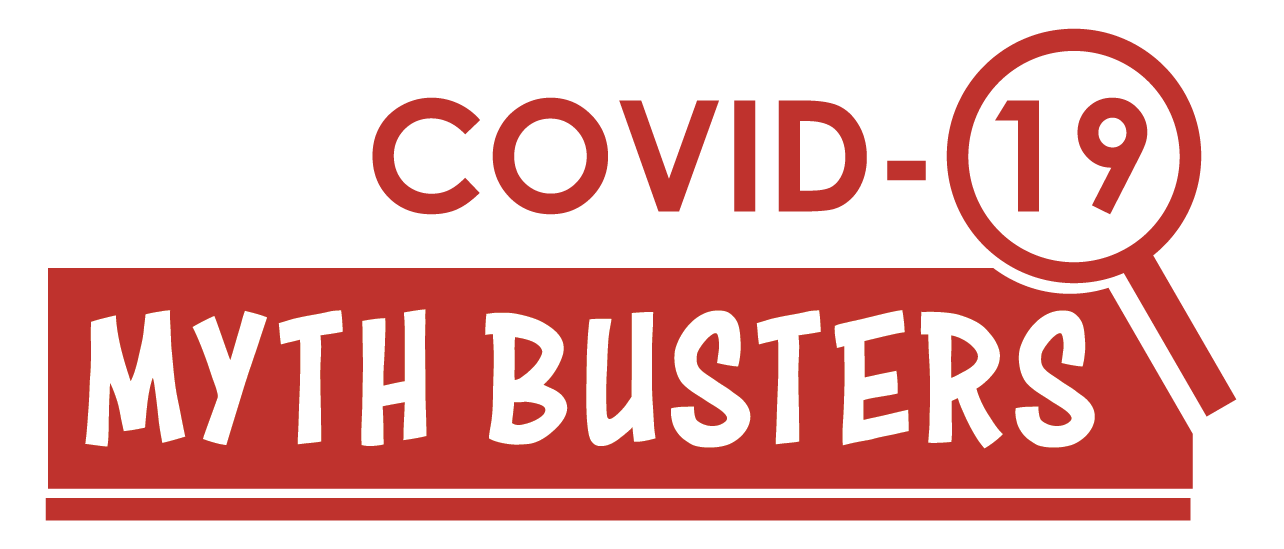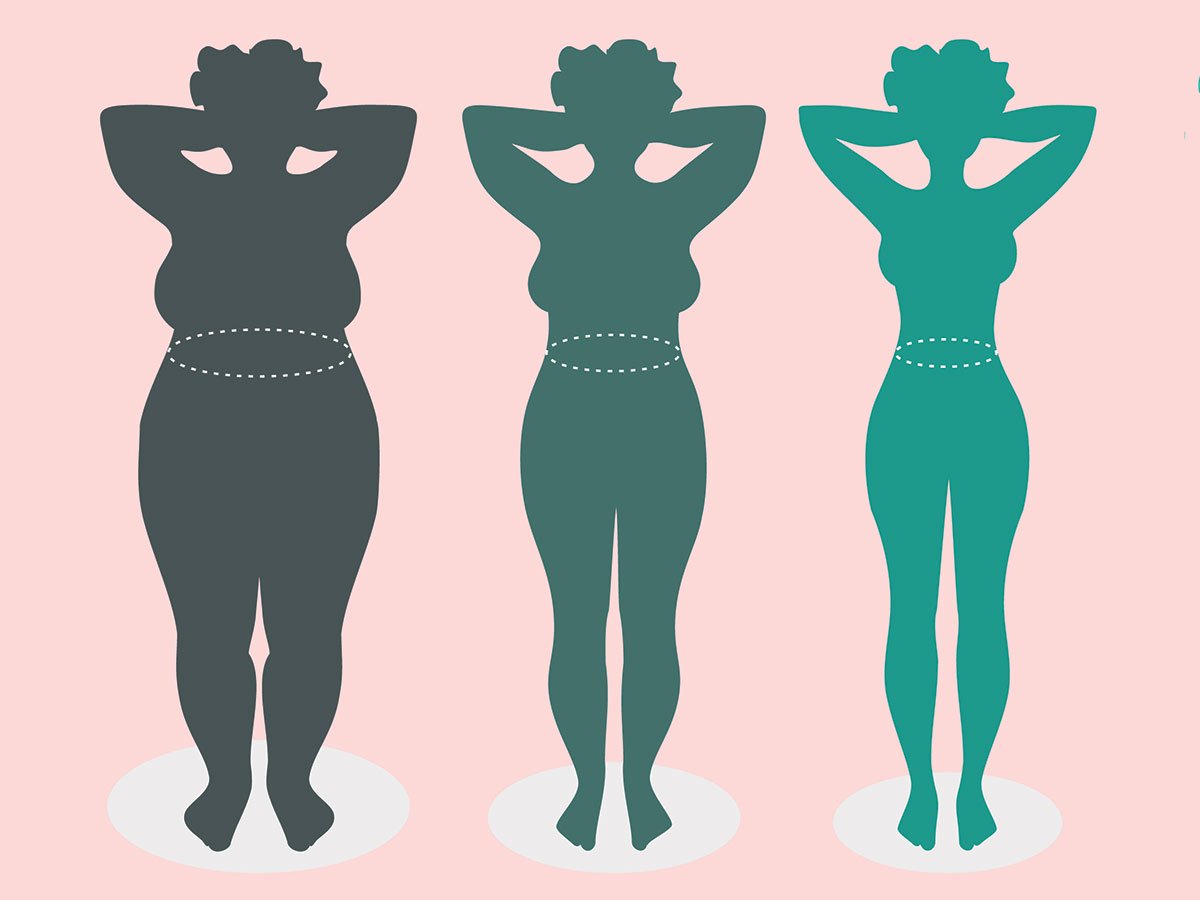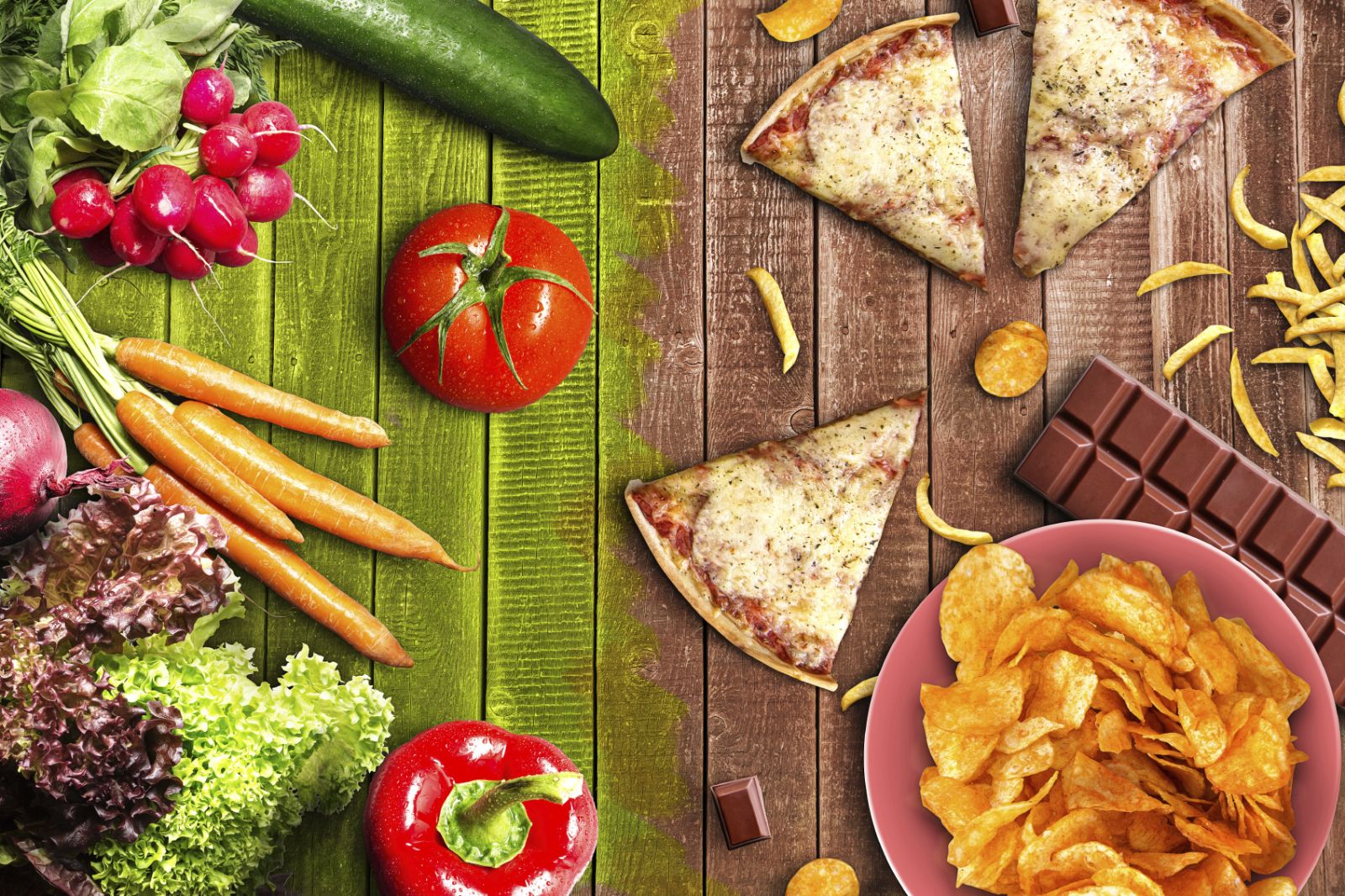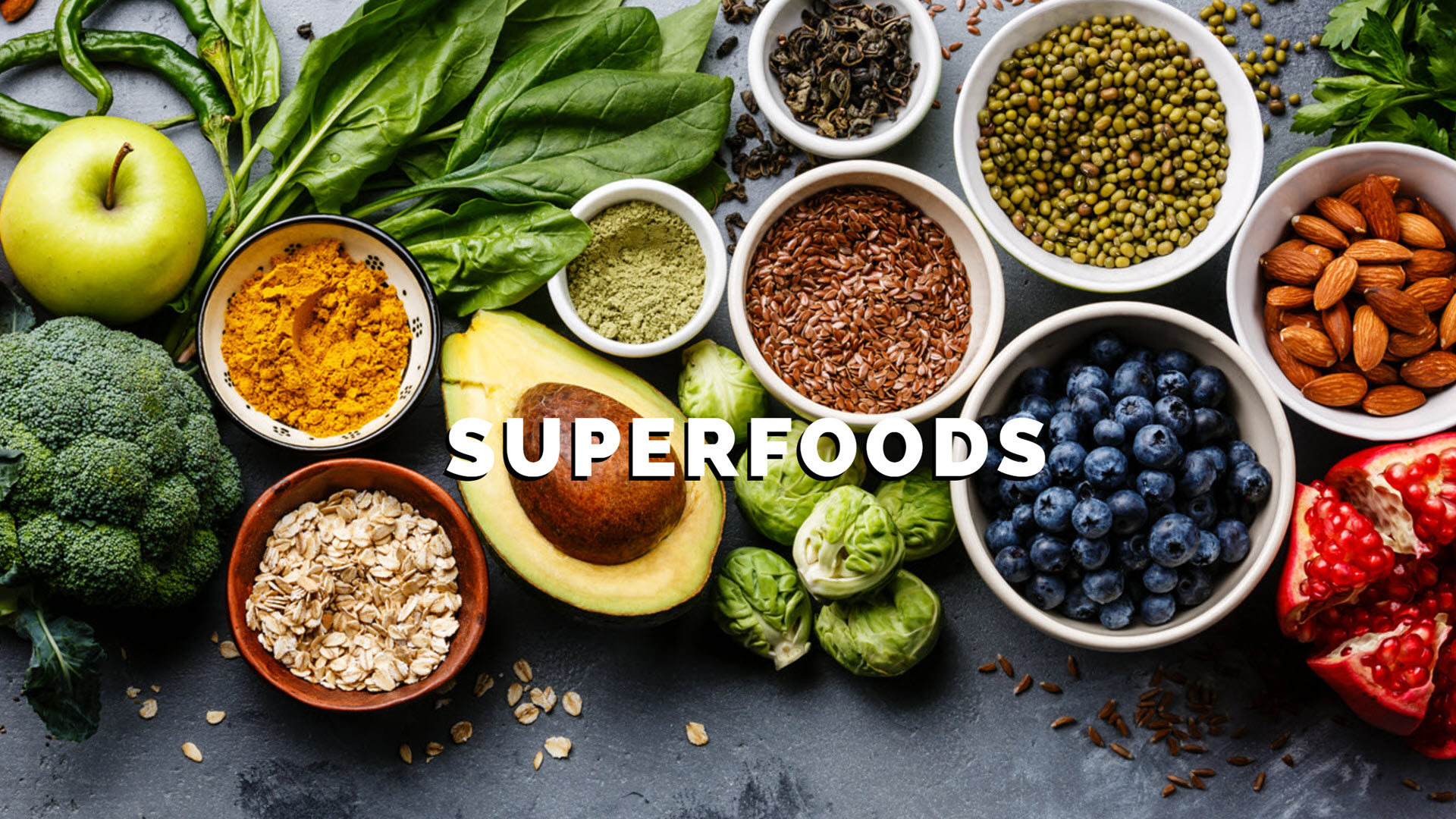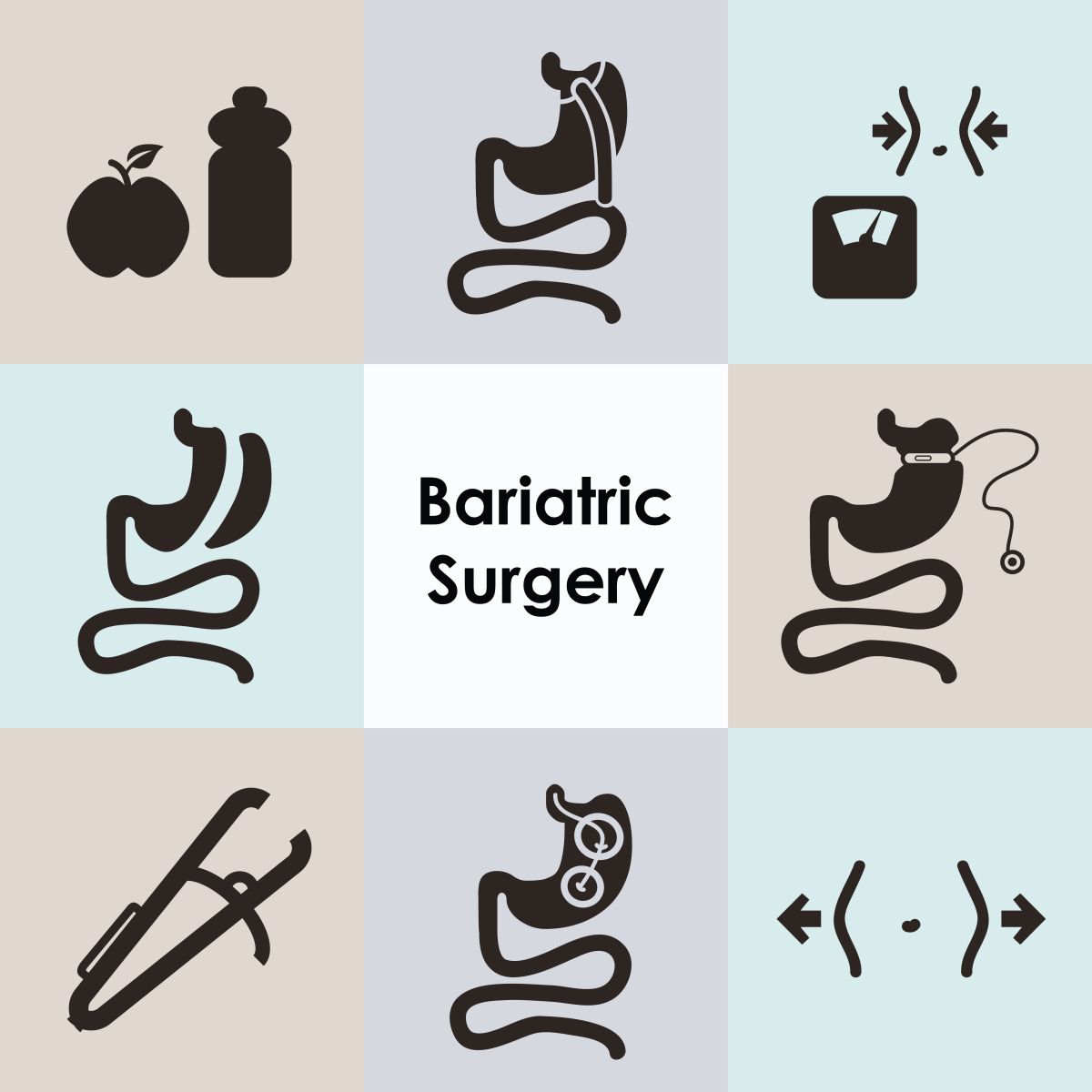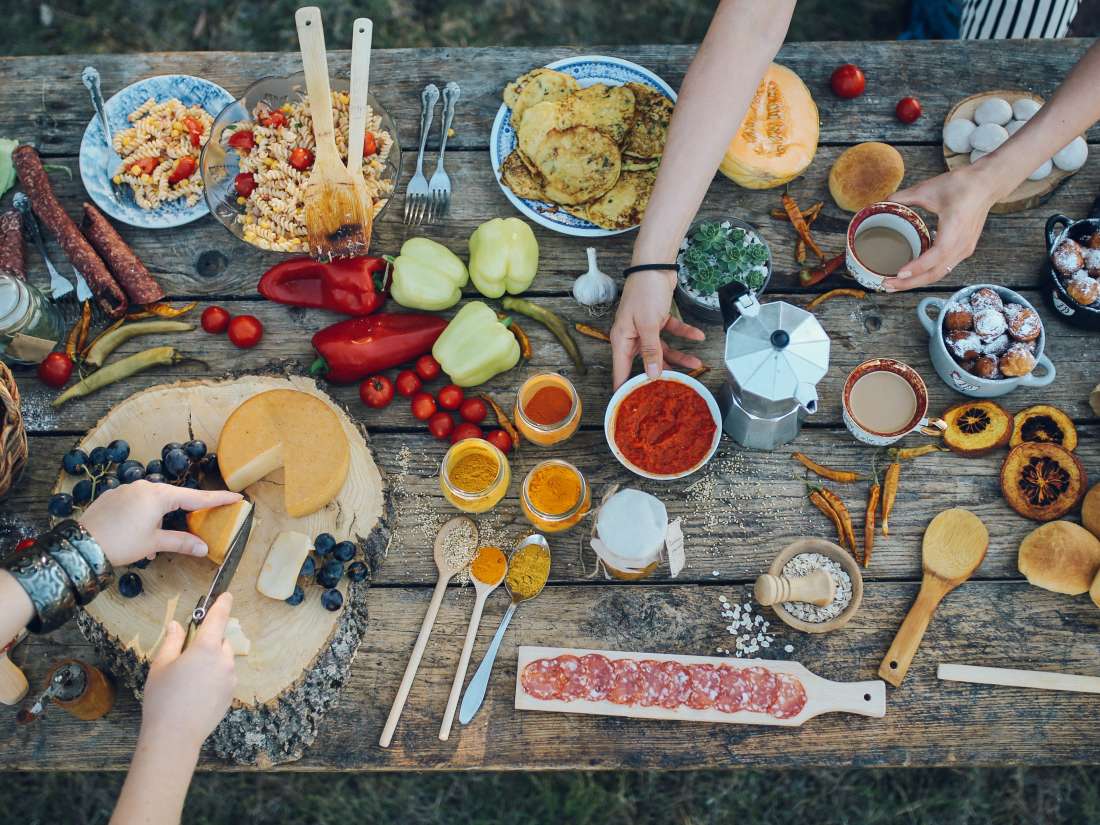Obesity - Prevention - Diet Plan
Best Indian Diet Plan for Weight Loss
Are you looking for the best Indian diet plan to lose weight? The rules are simple. All you need to do is start eating right.e.
Summary: 60 Second Read
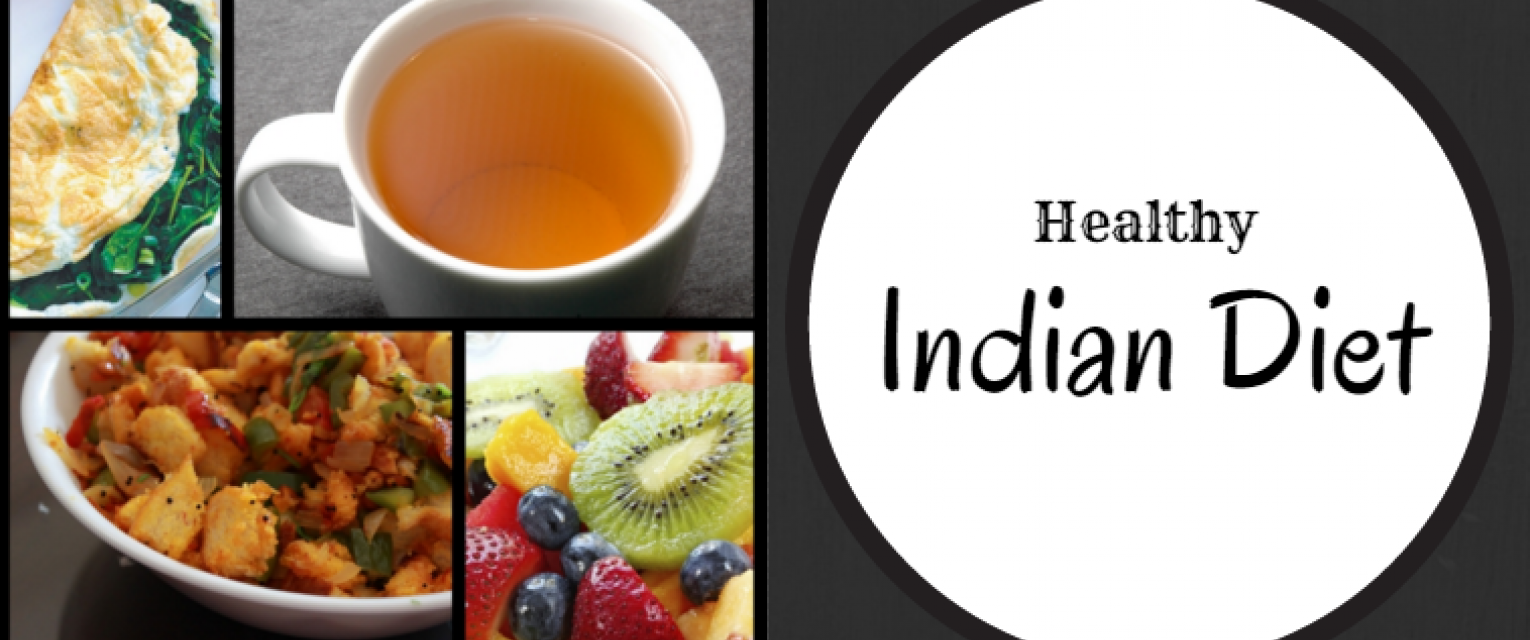
Indian cuisine is known for its vibrant spices, fresh herbs and wide variety of rich flavors.
Though diets and preferences vary throughout India, most people follow a primarily plant-based diet.
The traditional Indian diet emphasizes a high intake of plant foods like vegetables, lentils and fruits, as well as a low consumption of meat.
But at the same time, a typical Indian meal is high in carbohydrates and sugar- we eat a lot of potatoes, rice and sweets. We also love our snacks and can’t imagine a day without our fix of namkeens and bhujias. It’s no wonder that India is battling a growing obesity problem. (source 1, source 2)
But the answer doesn’t lie in shunning Indian food in favour of foreign ingredients or fad diets. You’ll find that the best Indian diet plan consists of foods you’ve already got in your kitchen and that you can lose weight by making a few changes to your diet.
The three basic rules to lose weight
- Eating early dinner
- Avoiding sugar
- Avoiding junk
Indian food when cooked properly makes for a very balanced meal plan. The good old dals, low-fat paneer, lentils, soya, green vegetables, curd, egg whites, whole grain flours, fish, chicken provide us with all the essential nutrients, vitamins and minerals.
Always Remember
- Remember that quick weight loss is not sustainable, the slower the better. The first mistake people make is of having unrealistic weight-loss expectations, which often disheartens them. Also, many people do the same thing but expect different results. It's important to do exercises that you enjoy, but if you've been doing the same one for months (or years), you've probably reached a weight loss plateau and, even worse, you are completely bored with your workout.
- Aim at staying active and not skipping meals. Skipping meals slows your metabolic rate, so try and break your entire day diet into 6-7 small frequent meals.
- Do not focus on getting short term results. You have not gained 10 kgs overnight, thus you cannot lose it overnight. Eating the right food and sticking to a fitness plan should be as natural as brushing your teeth. Checking weight too often is not a good idea rather check your portions.
- Focus on the Glycemic Index (GI), a value used to measure how much specific foods increase blood sugar levels. Foods are classified as low, medium, or high glycemic foods and ranked on a scale of 0-100. The lower the GI of a specific food, the less it may affect your blood sugar levels. A medium glycemic index meal keeps you energetic throughout the day, helps maintain weight. Add protein to each meal (by adding- a cup of milk, yoghurt, a cup of dal/sambar/sprouts, buttermilk, fish, egg white chicken) to reduce the glycemic index. Eg: choose to eat idlis or dosa with sambar and not just chutney. Hydrate yourself well with at least 2-3 litres of water every day.
Here's is a sample Indian diet plan
Early morning - 1 glass warm water with some herb brewed in it +2-3 soaked almonds
Morning - Lemon tea/ Ginger Tea/Coffee/ milk 1 cup (150 ml)
Breakfast - Eggs omelette with spinach and shredded vegetables cooked or Idlis / dosa/ Poha/ upma 1 cup cooked
Lunch - Salad with fresh vegetables and curd 1 cup
Dal Palak/ chicken curry/ sambar/ rasam 1 cup
Phulkas ( multigrain ) 1 piece
Rice ½ cup
Cooked vegetables/ greens/ palya 1 cup (150 gms)
Evening - 6 pm Fruit/ sprouts/ cucumber –carrot slices/ vegetable soup
Dinner - 7.30 Pm salad with fresh vegetables 1 cup
Methi Dal / sambar/rasam 1 cup
Phulkas ( multigrain ) 1-2 piece
Cooked vegetables/ greens/ palya 1 cup (150 gms)
Bedtime - Milk/buttermilk (optional ) 150 ml
Here are some healthy snacking options
Snacking can be part of your plan for healthy weight loss. You can eat six times per day as long as you plan what to eat and don’t eat too many calories. Be sure to have healthy snacks on hand. If the right food is not available, you may eat whatever is available, such as candy, cookies, chips, leftovers, or other “quick” choices.
Keep low-calorie snacks in a special part of the refrigerator like buttermilk, low-calorie yoghurt, and non-fat milk, bite-size pieces of raw vegetables, such as carrots, cucumber, radish, celery, pepper strips, broccoli, and cauliflower. You can have these with low-calorie dips. Fresh fruit, infused water and nuts are some other healthy snacking options.




